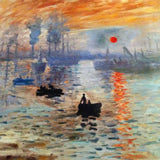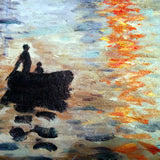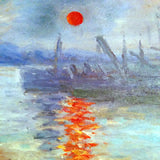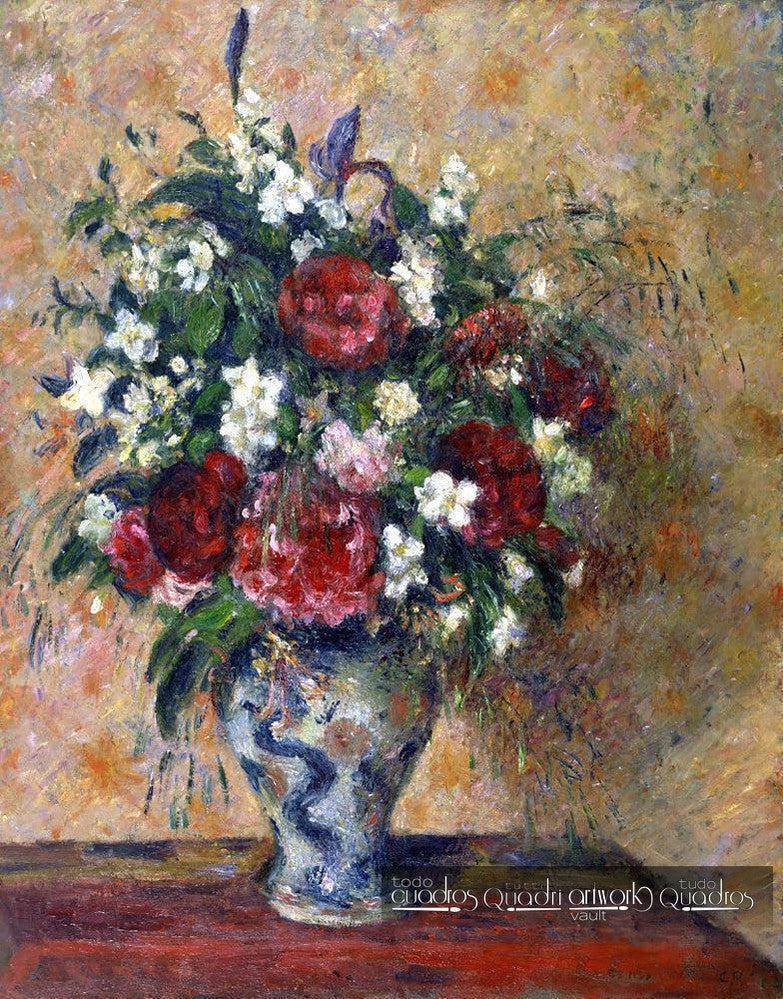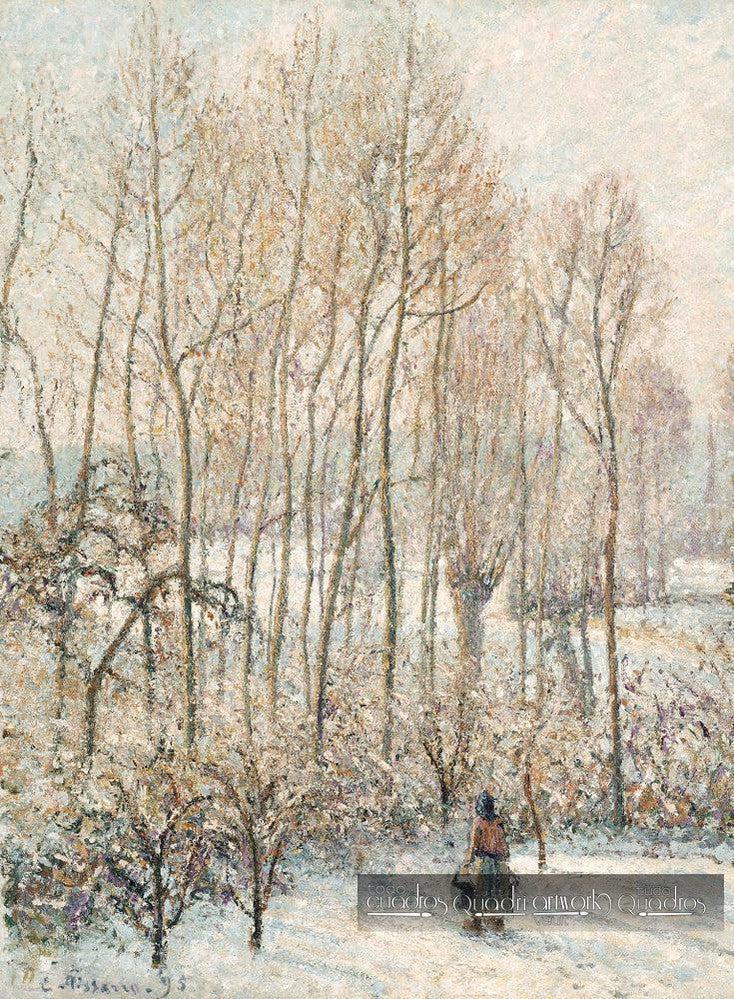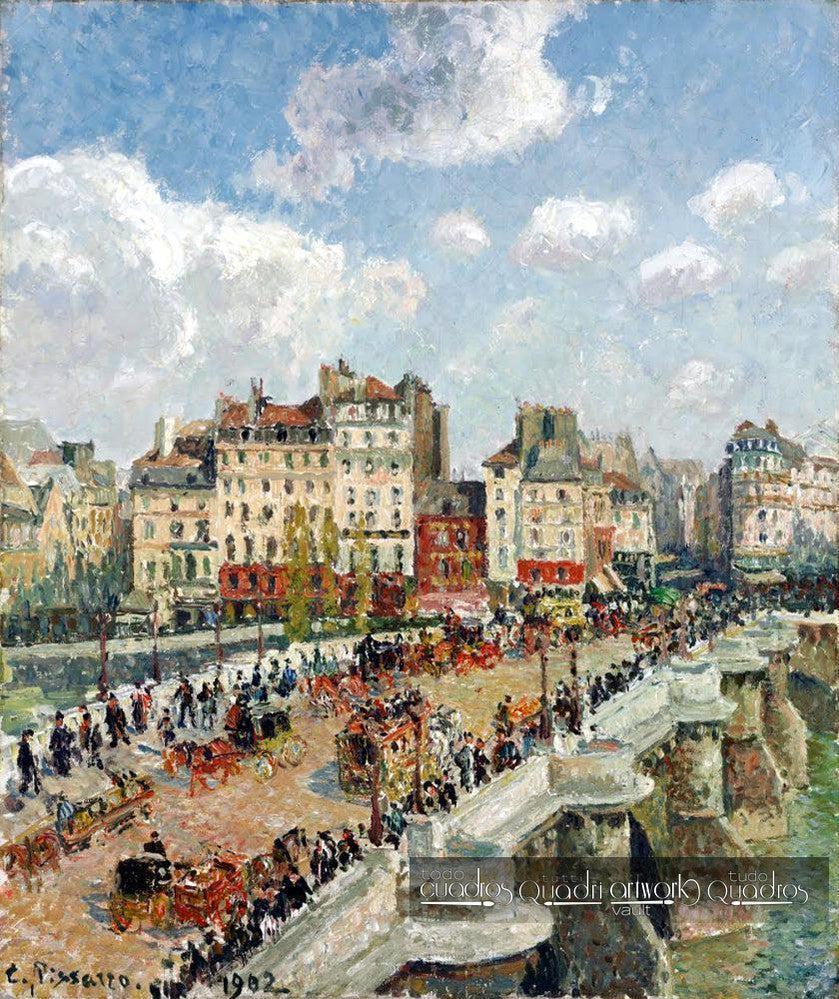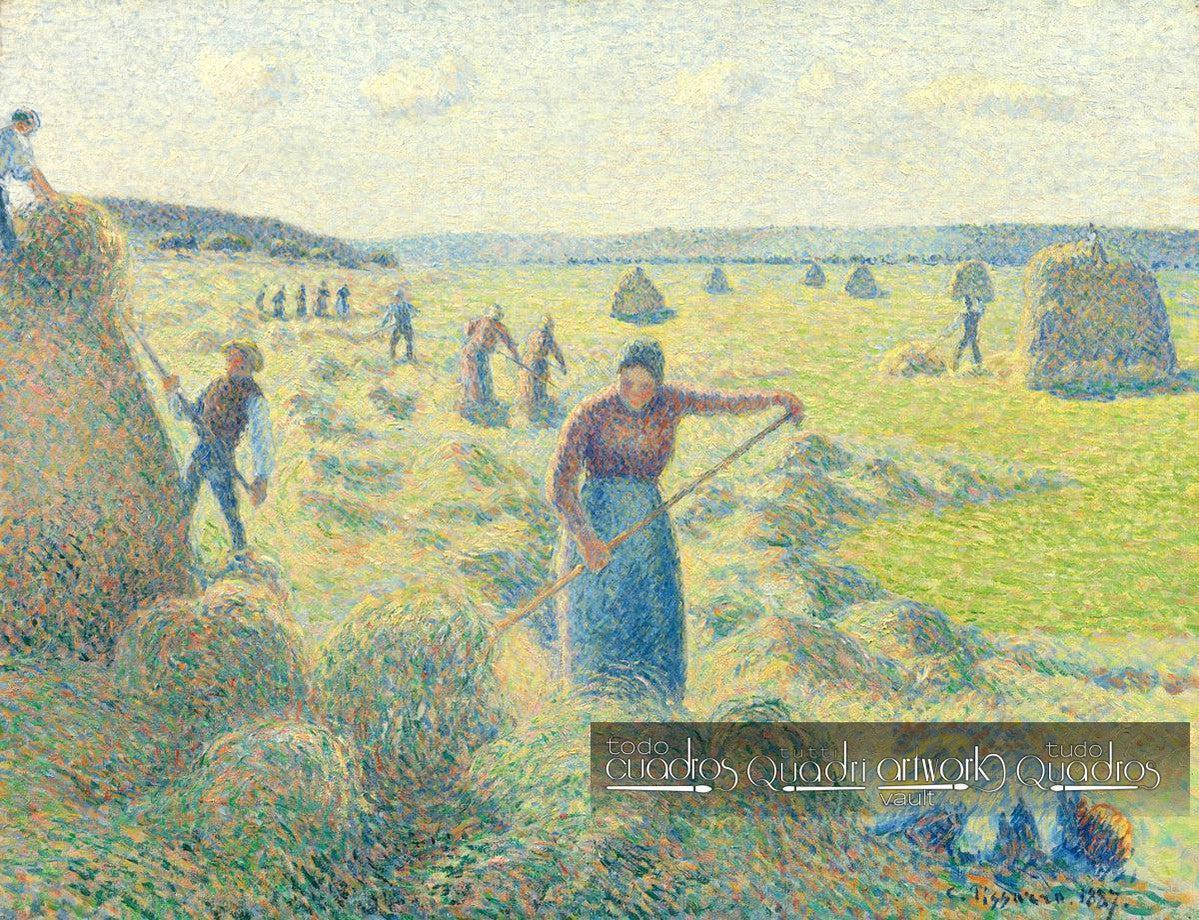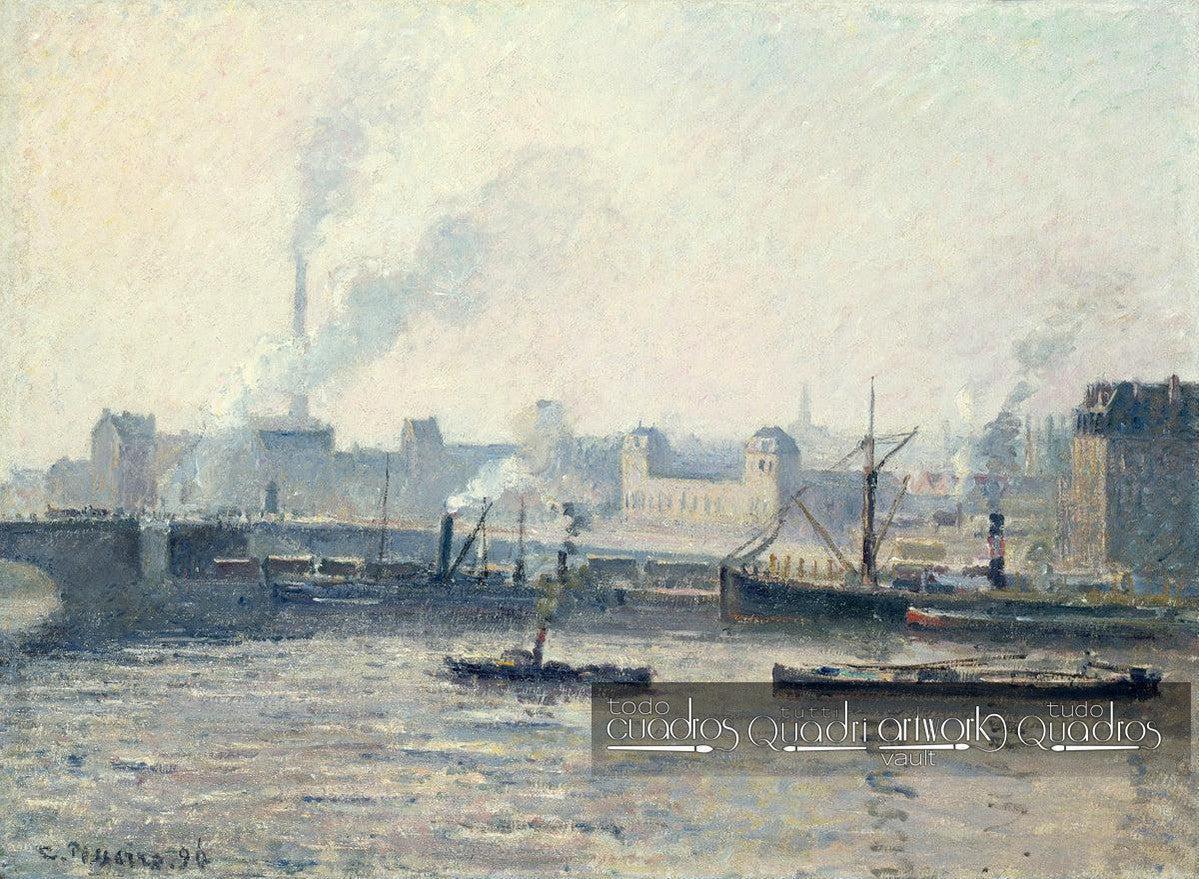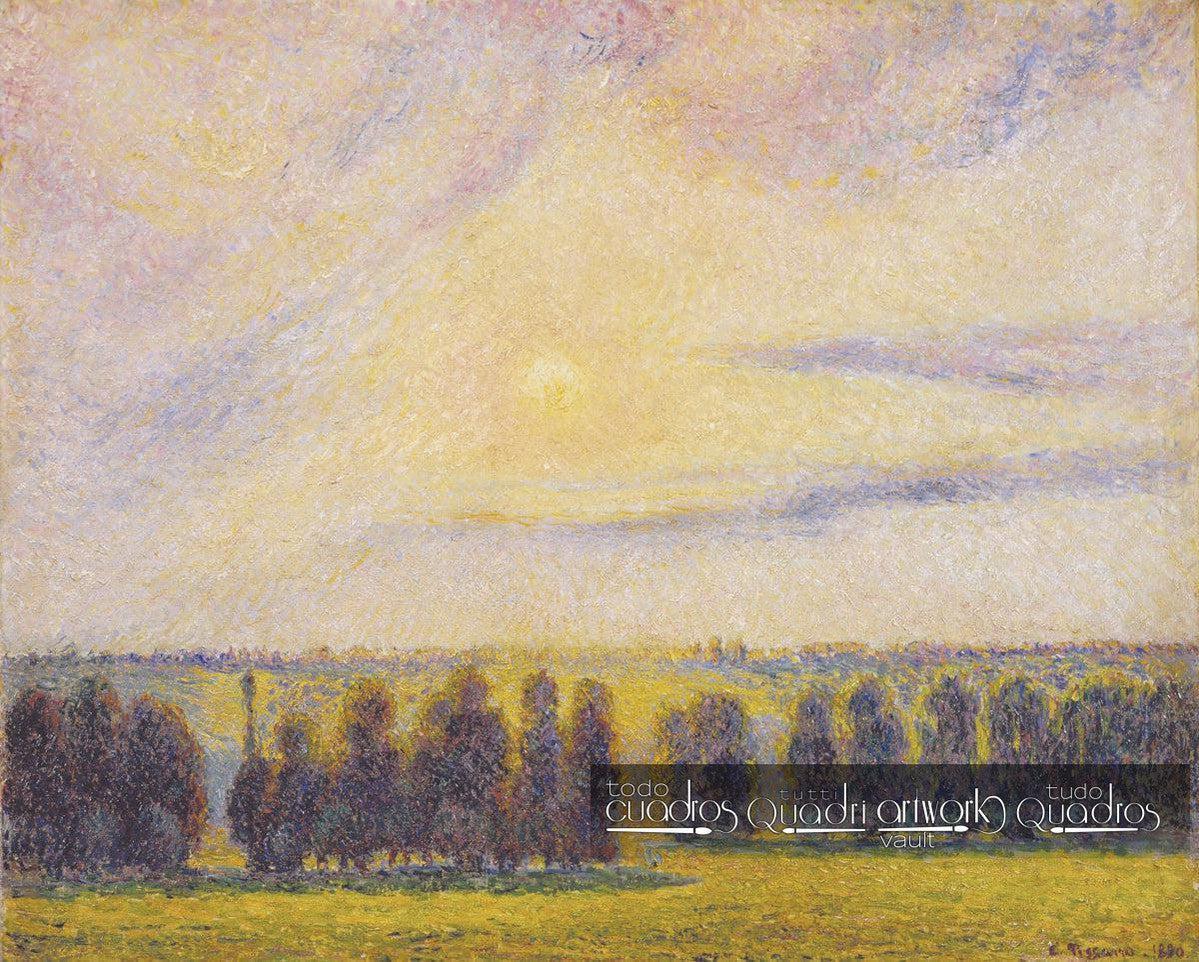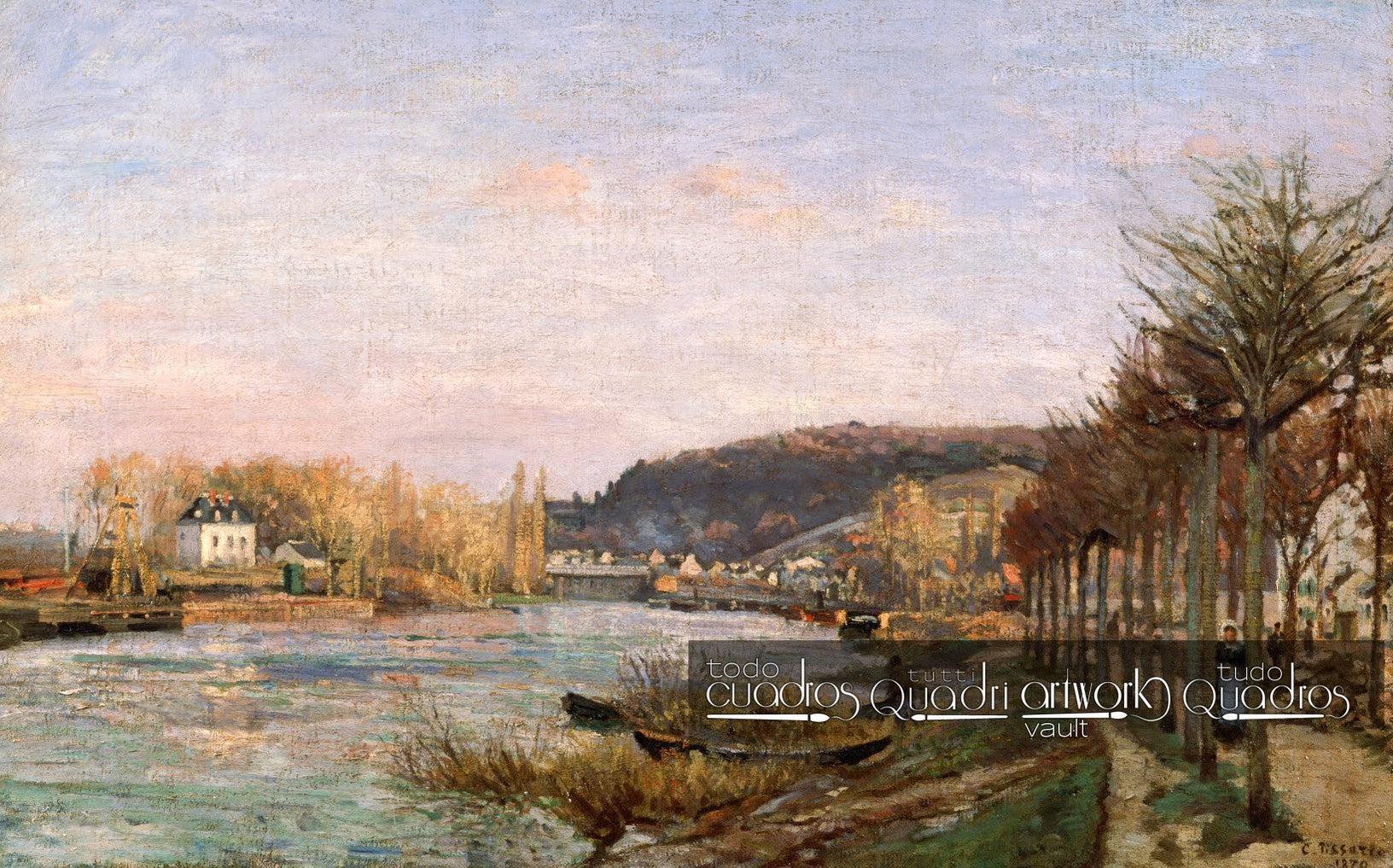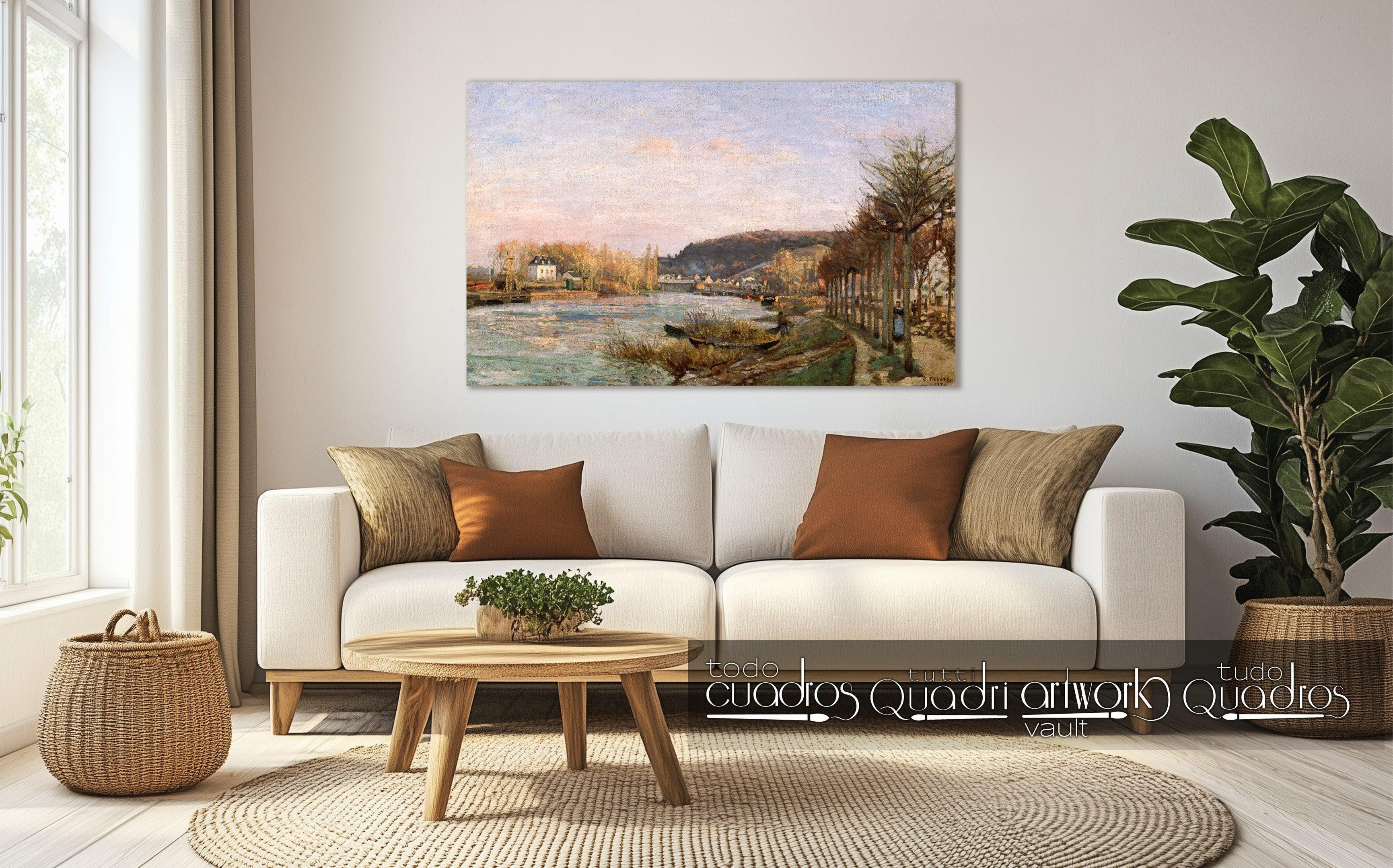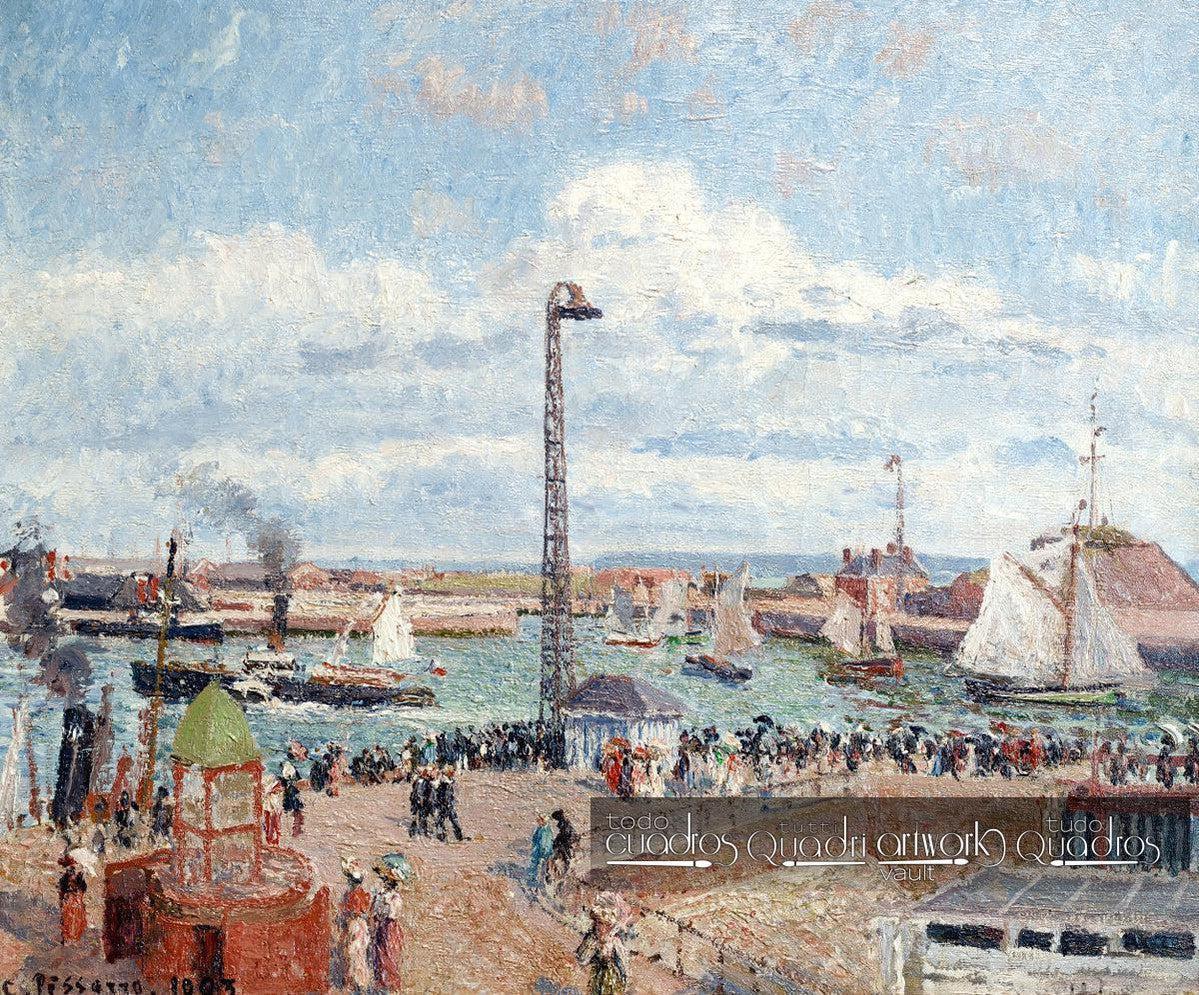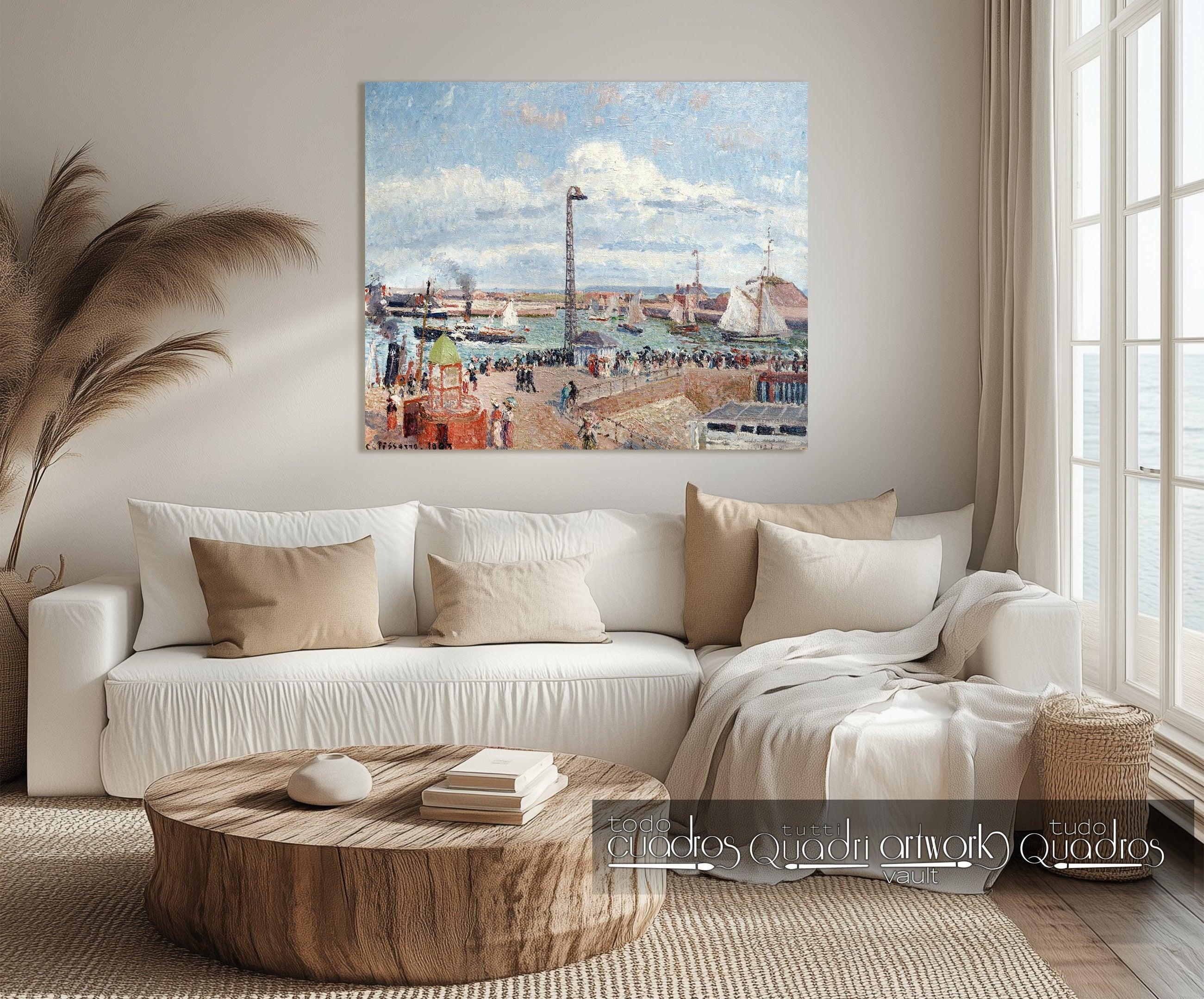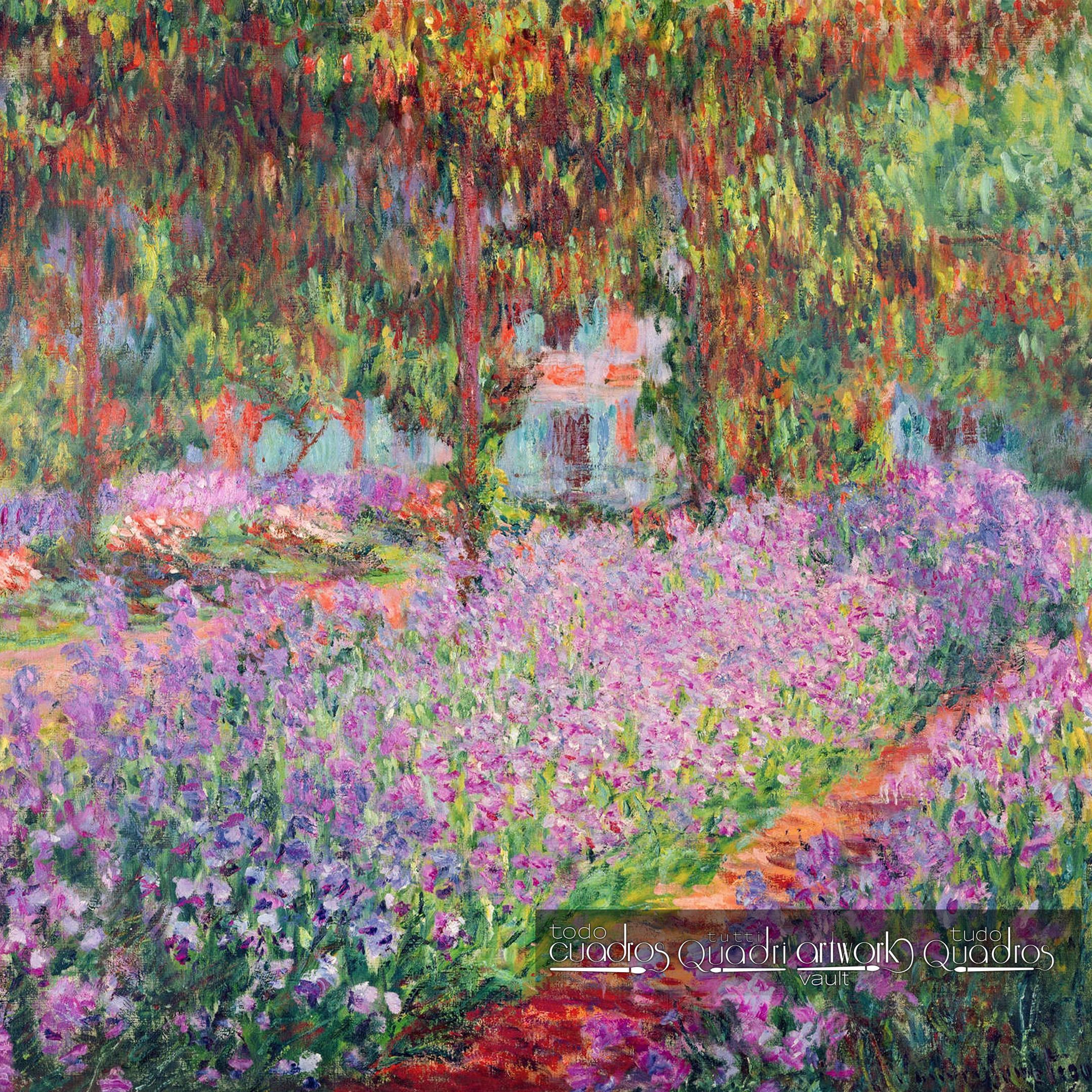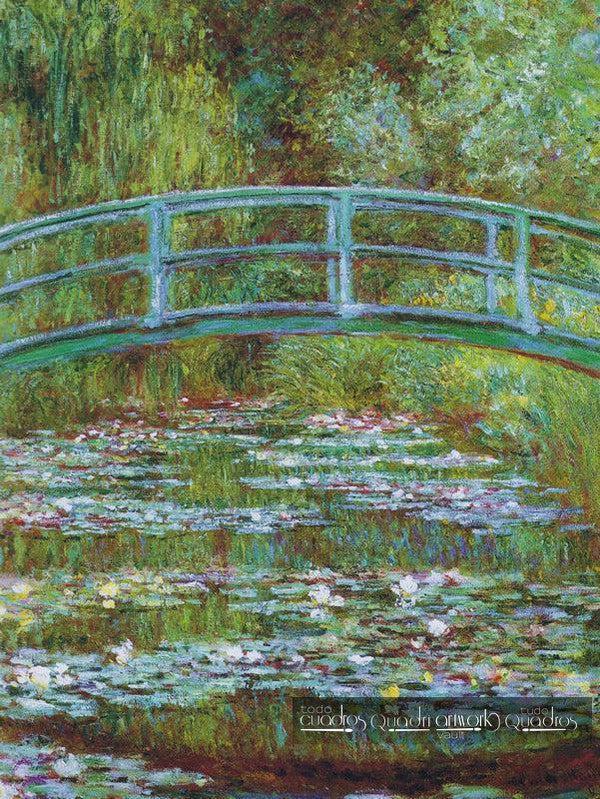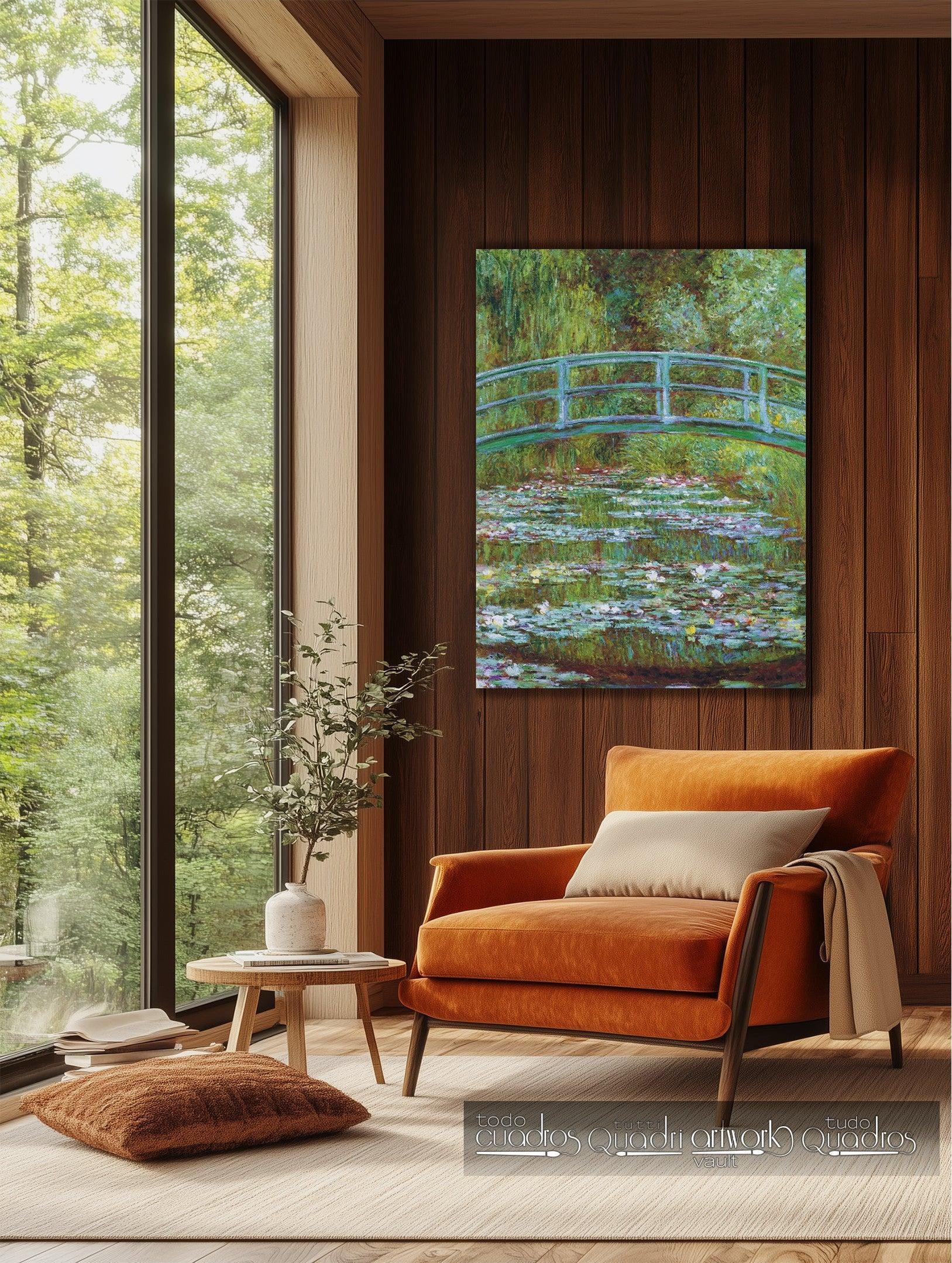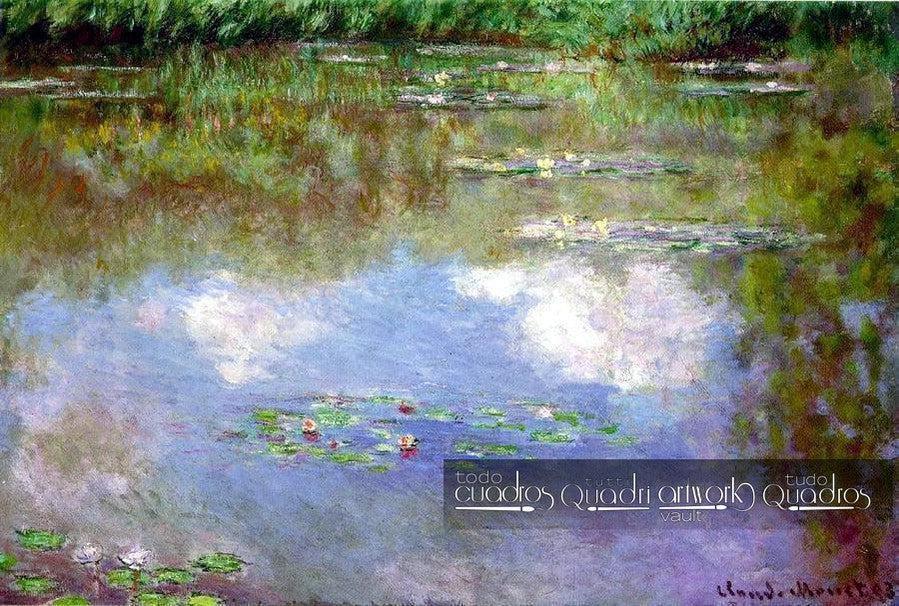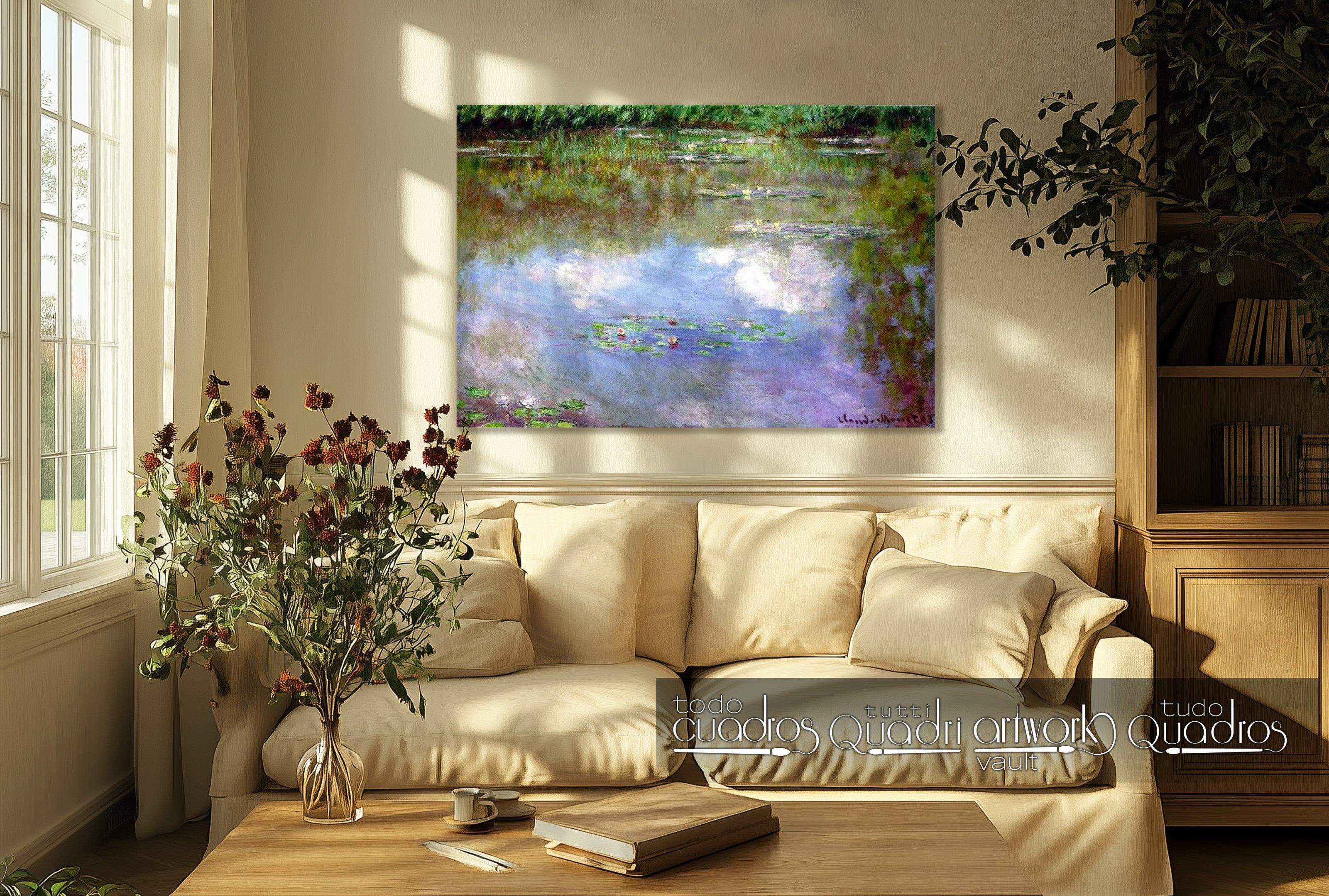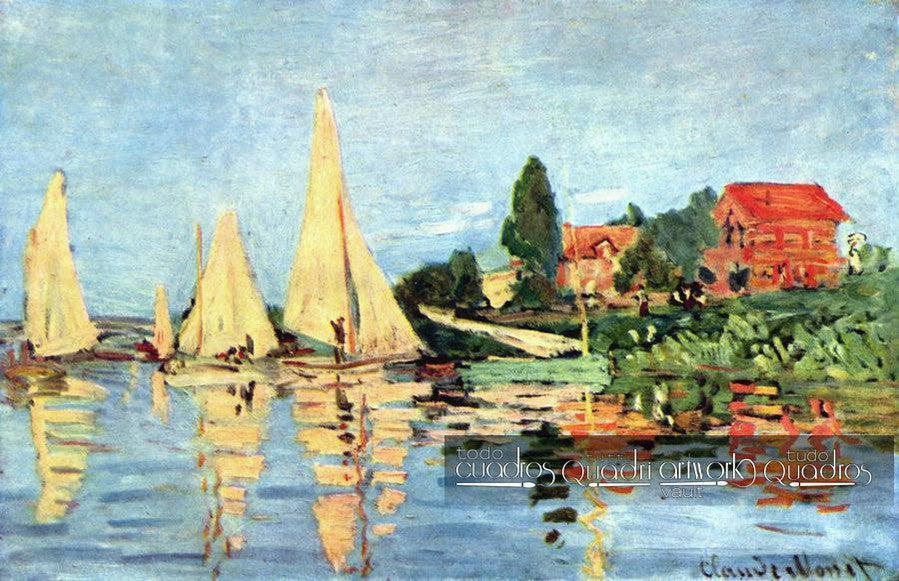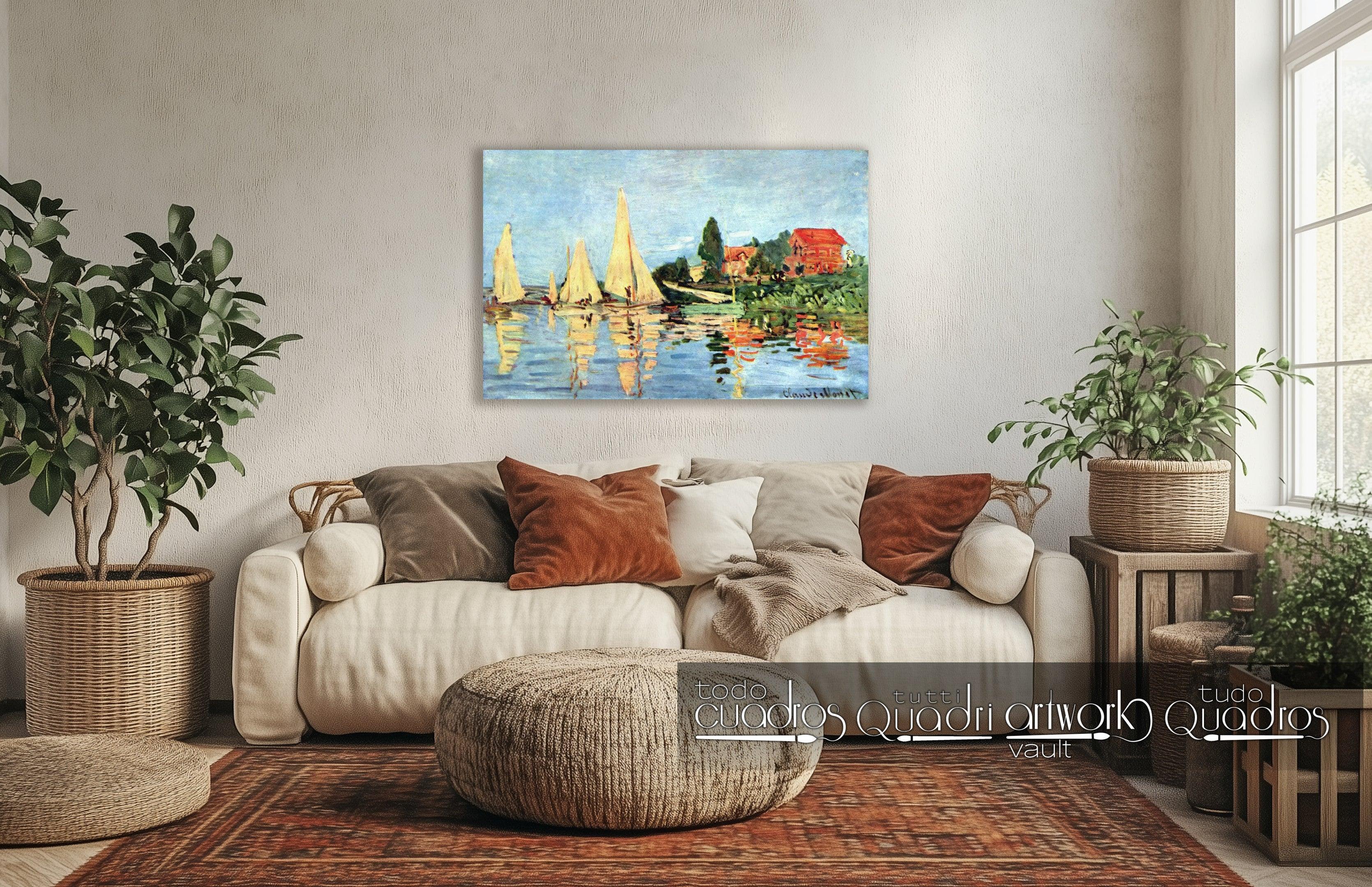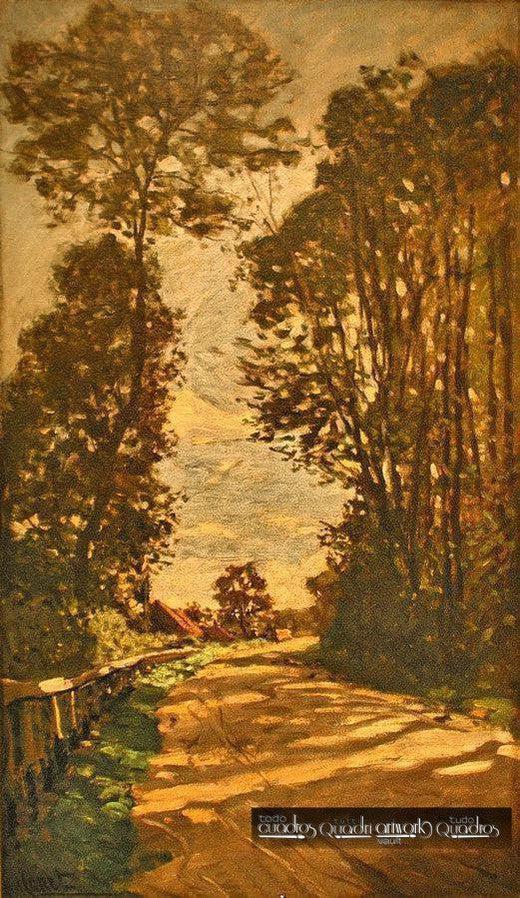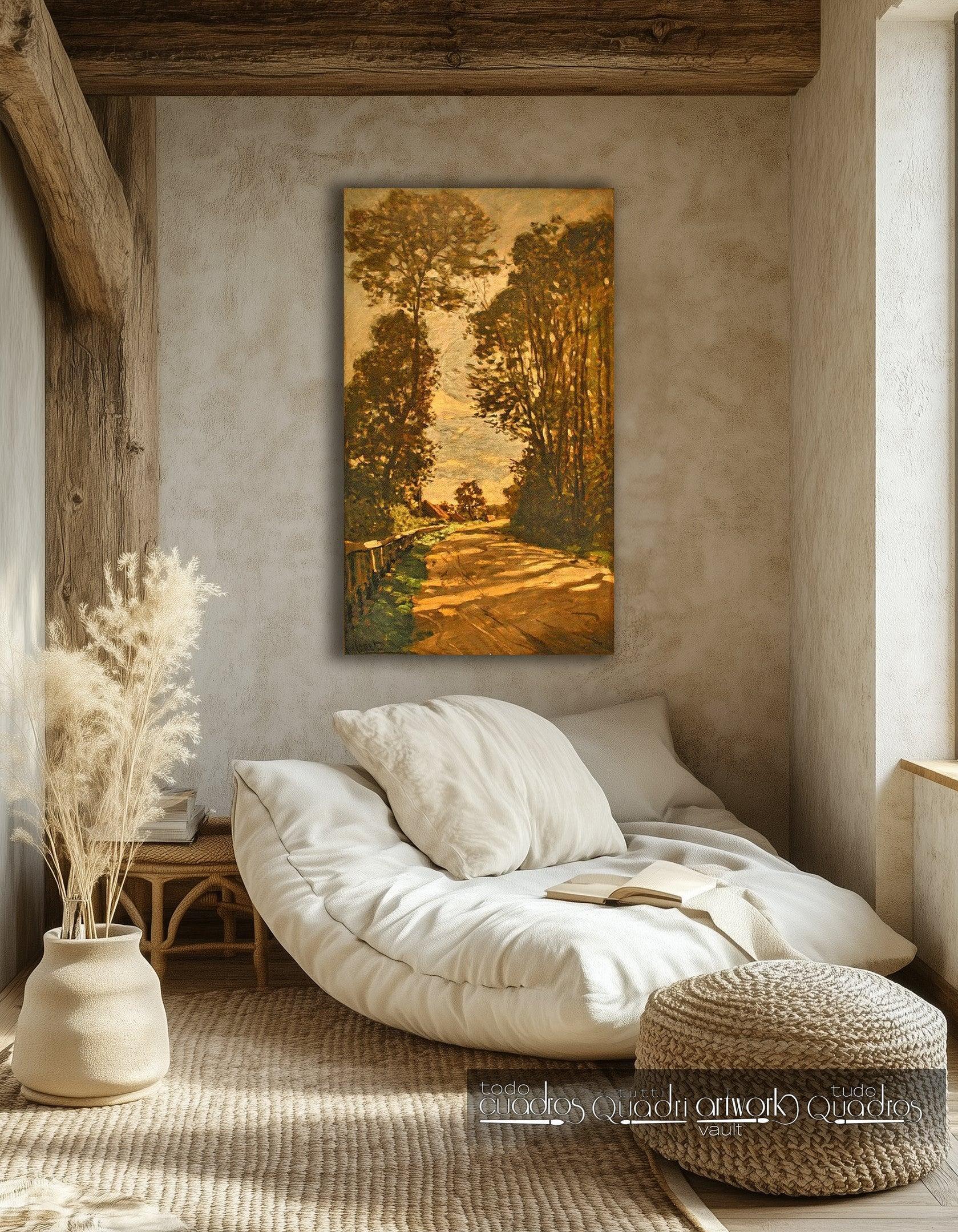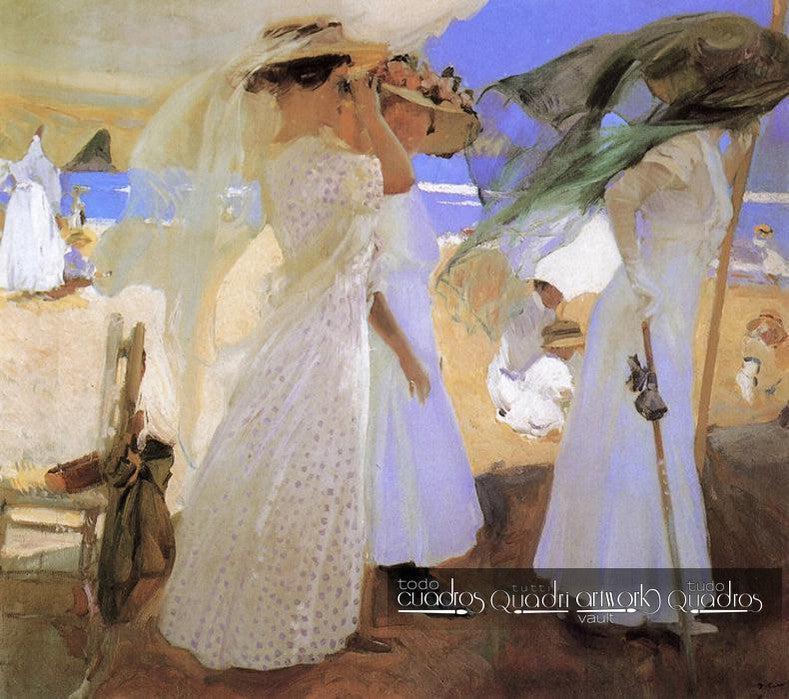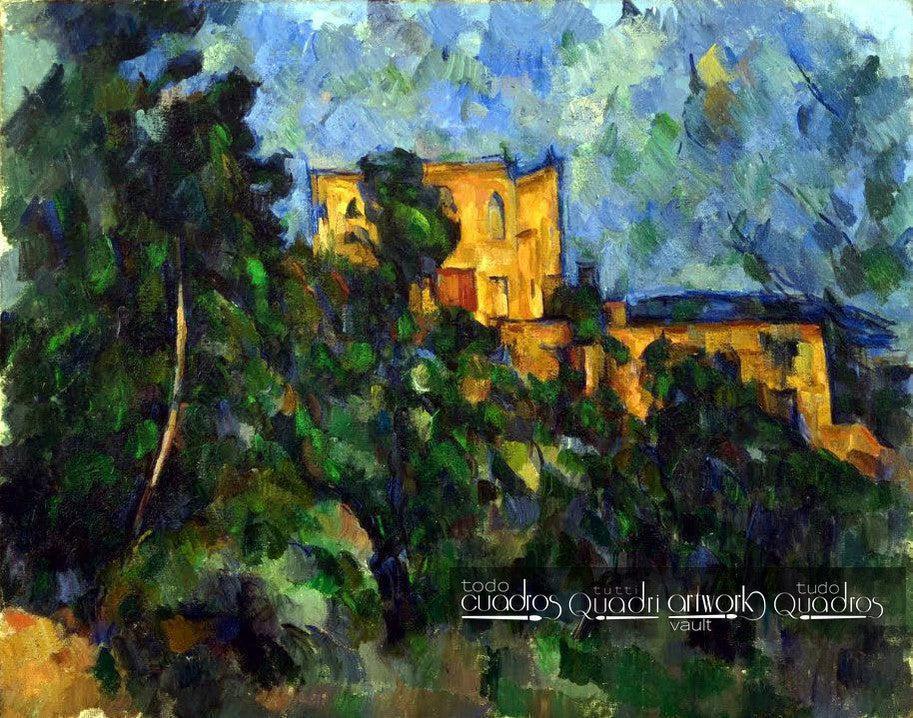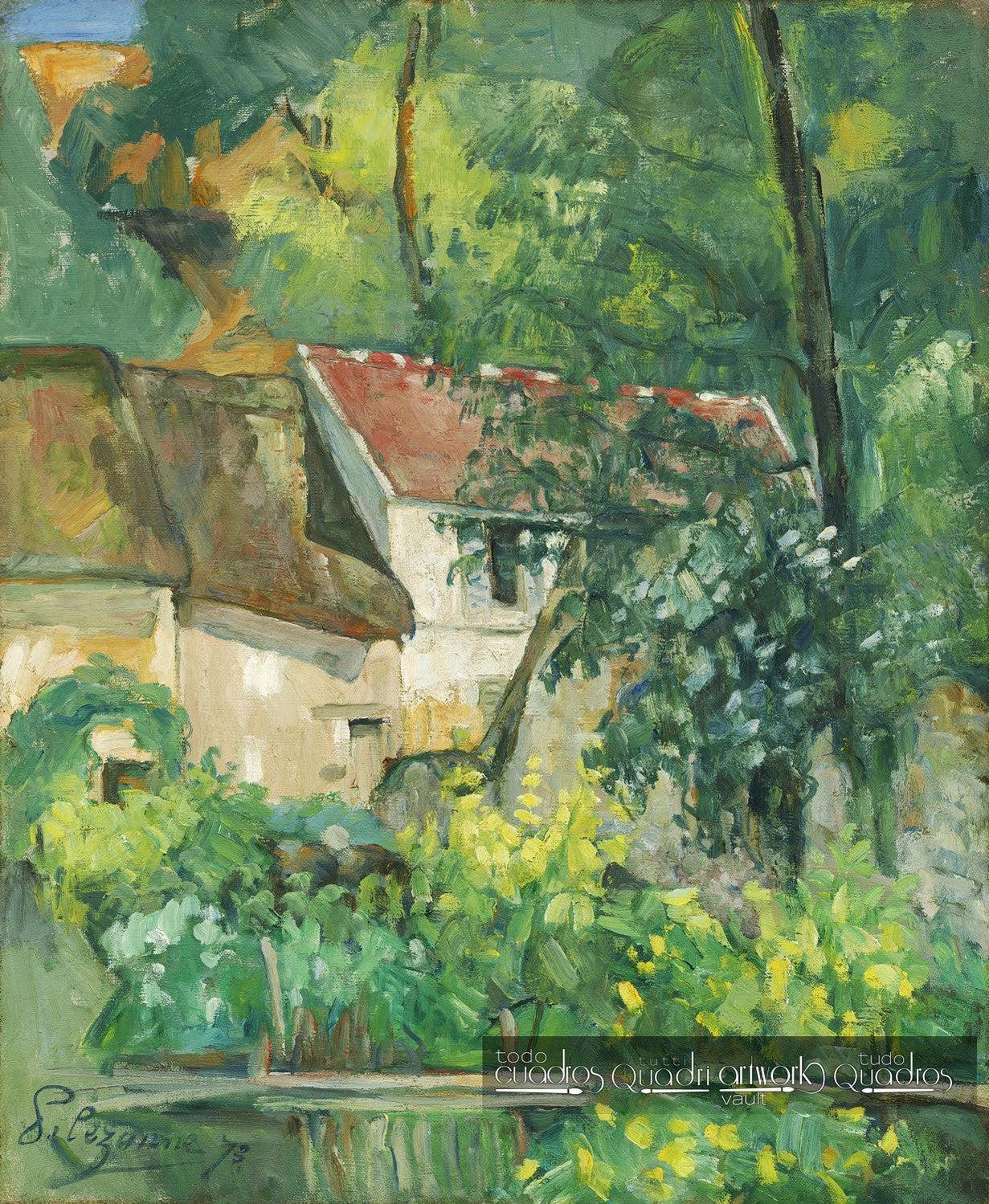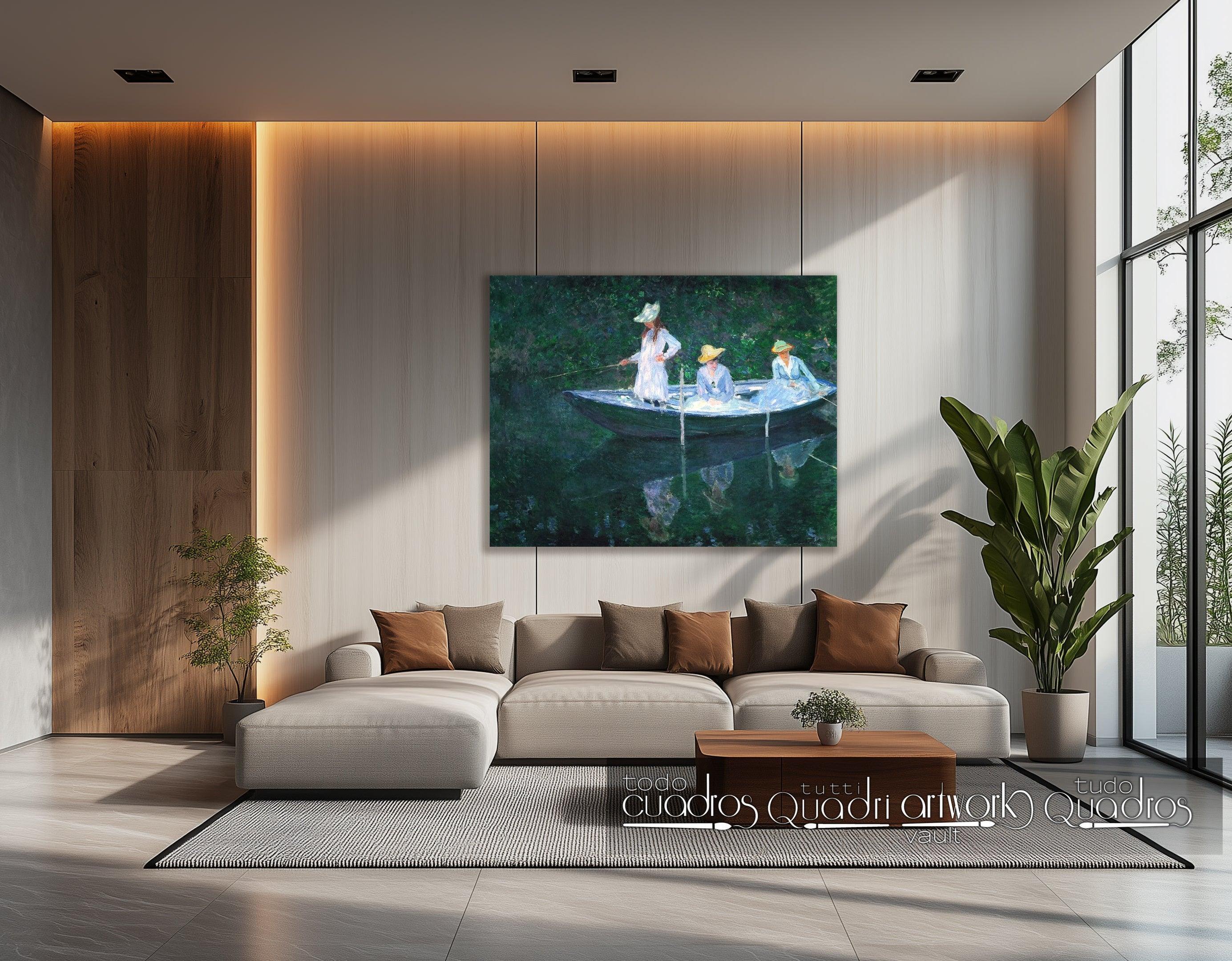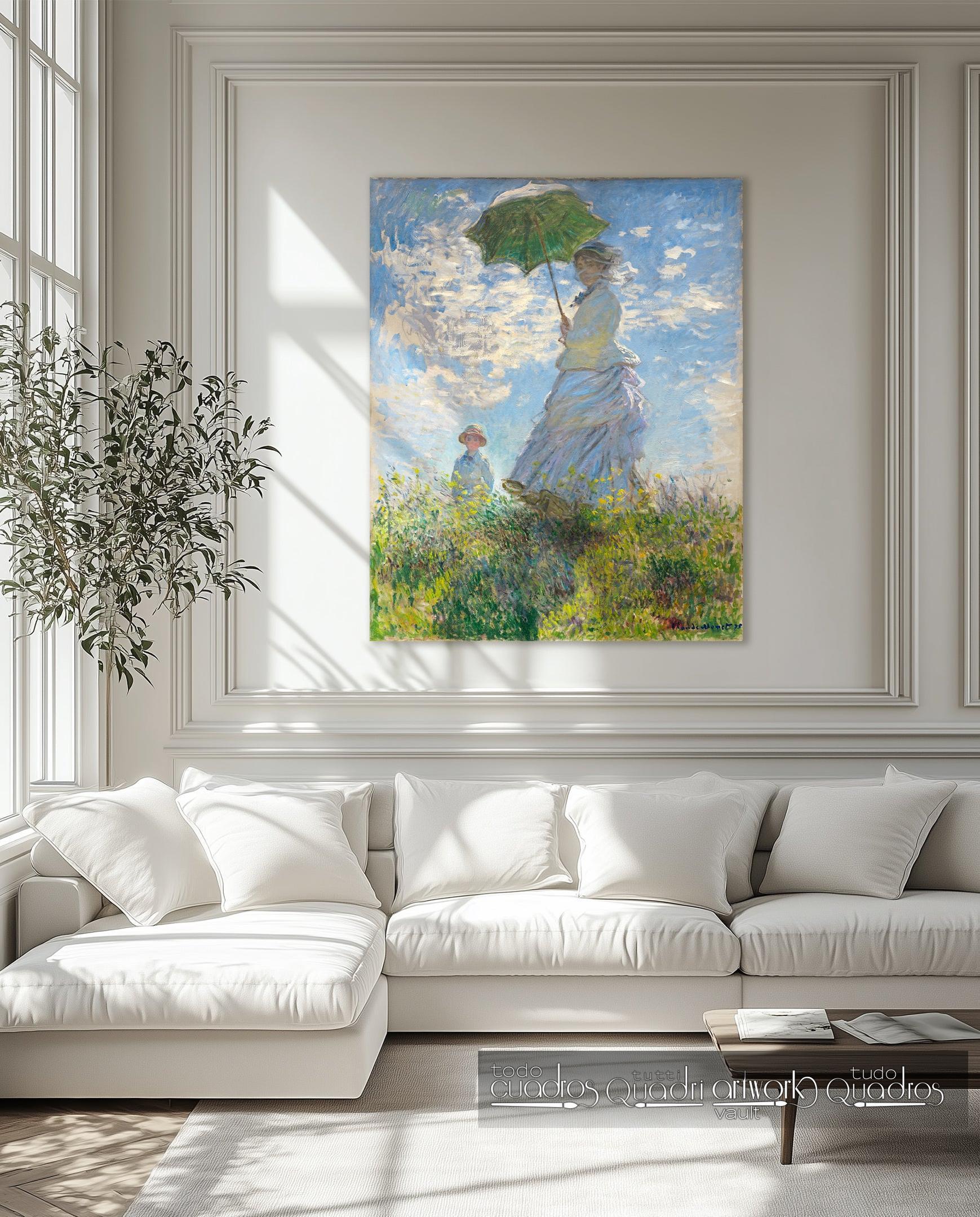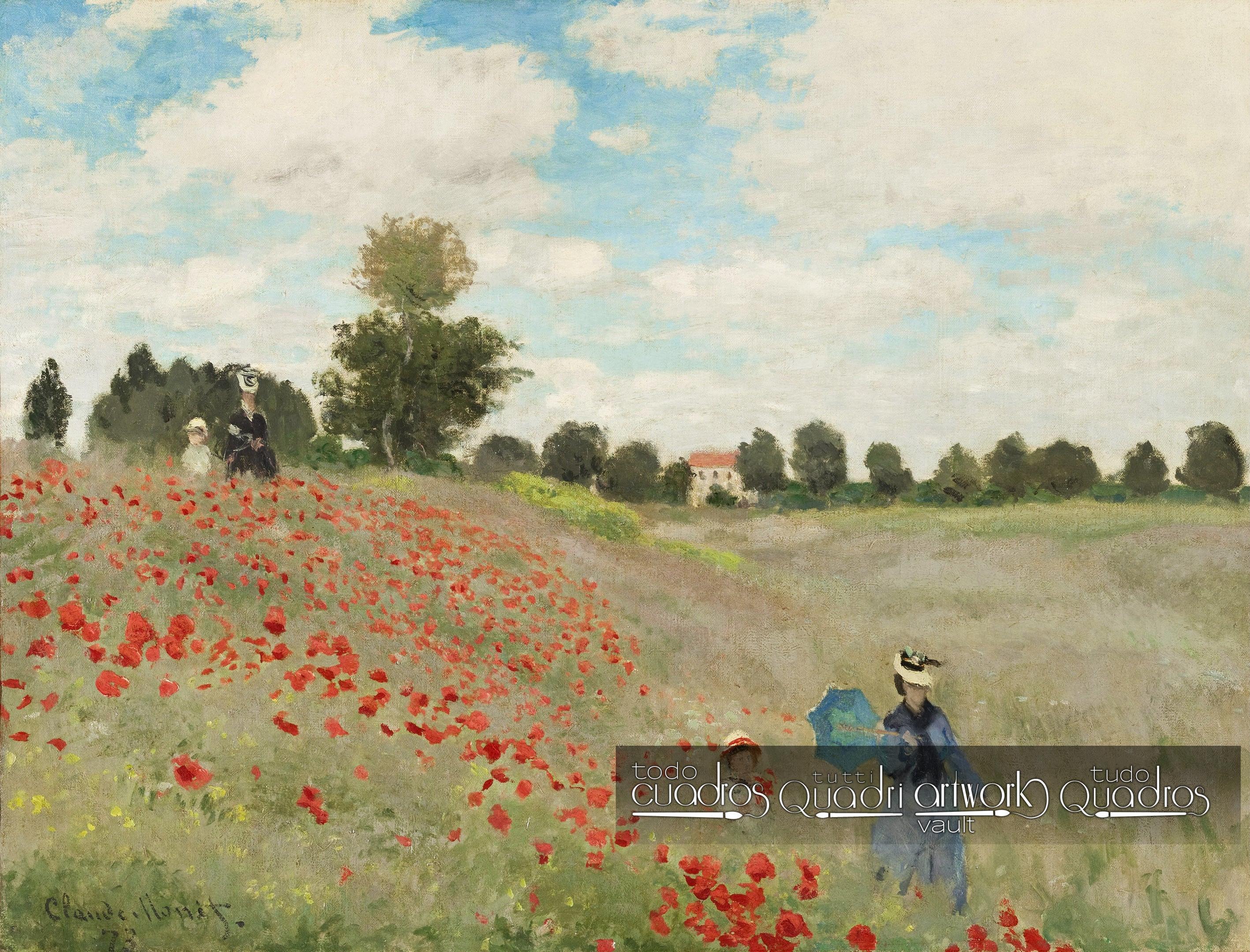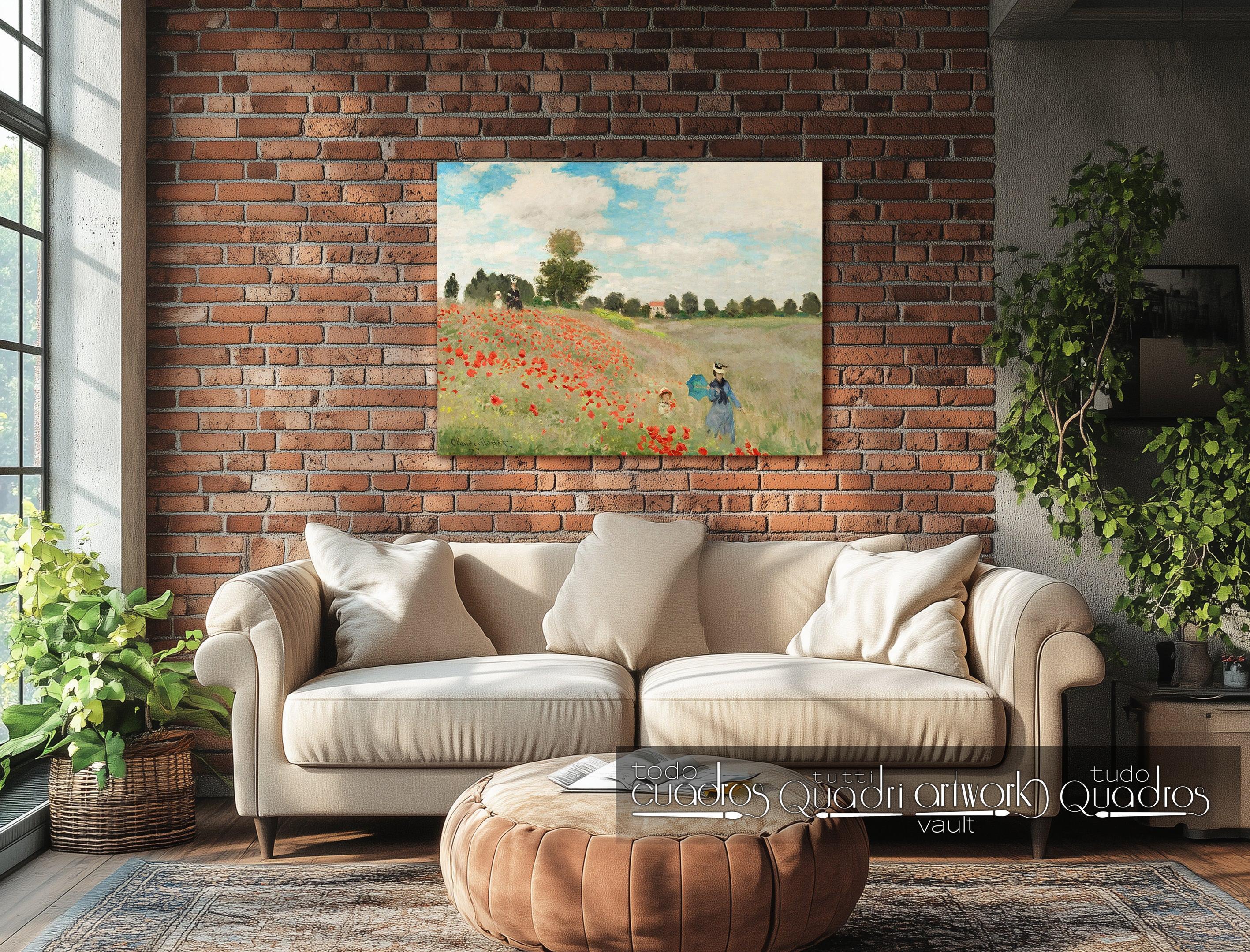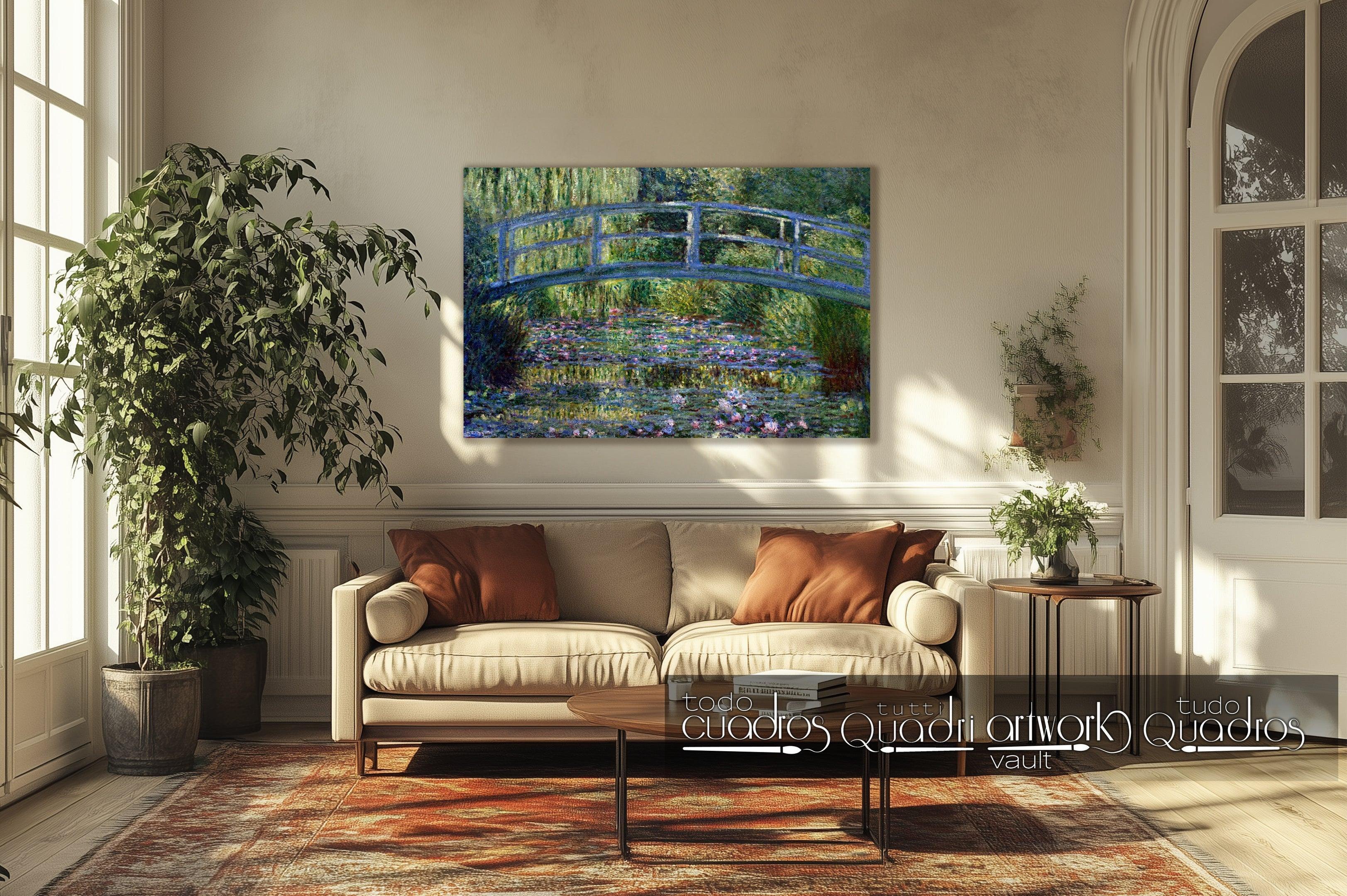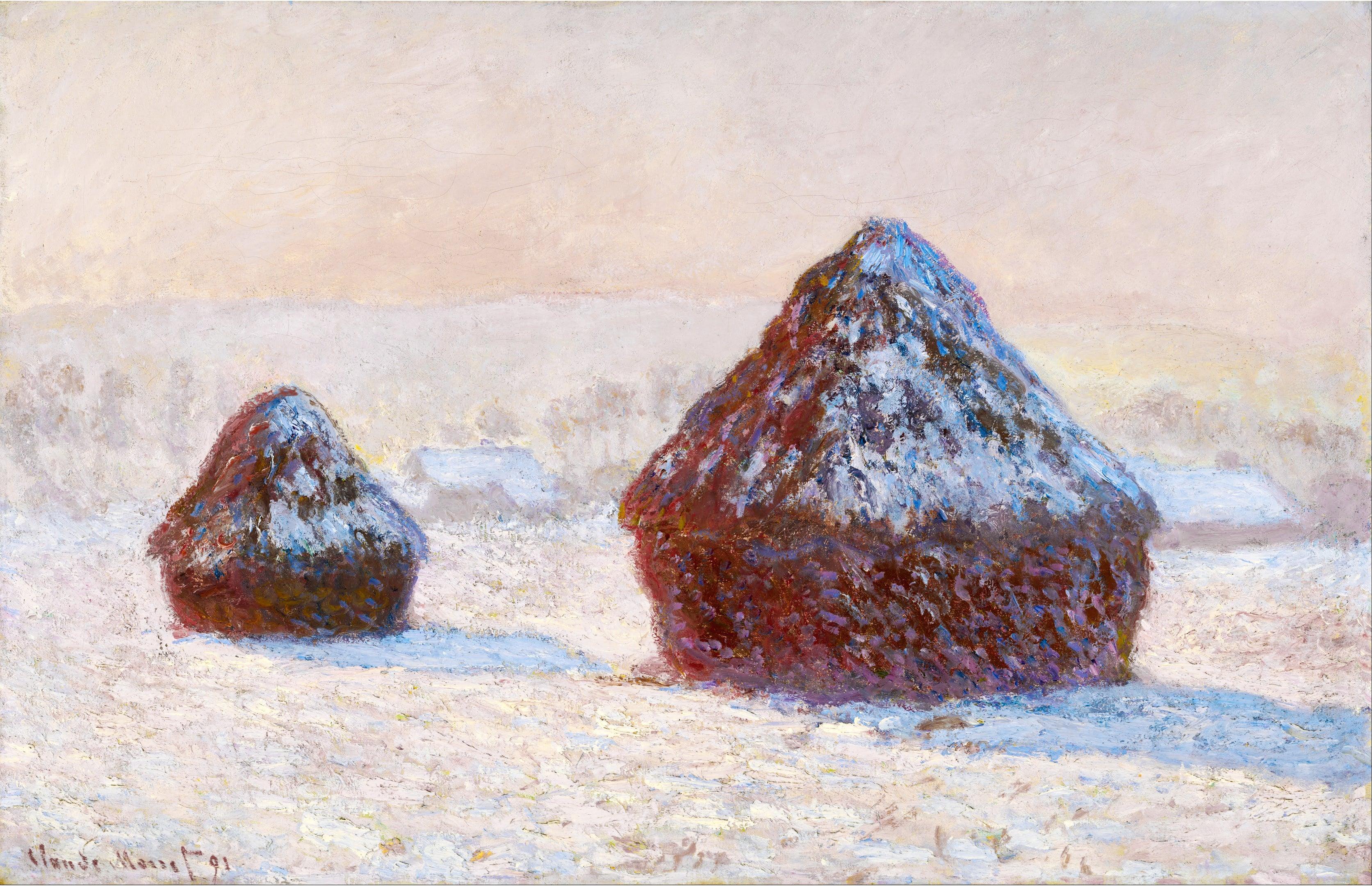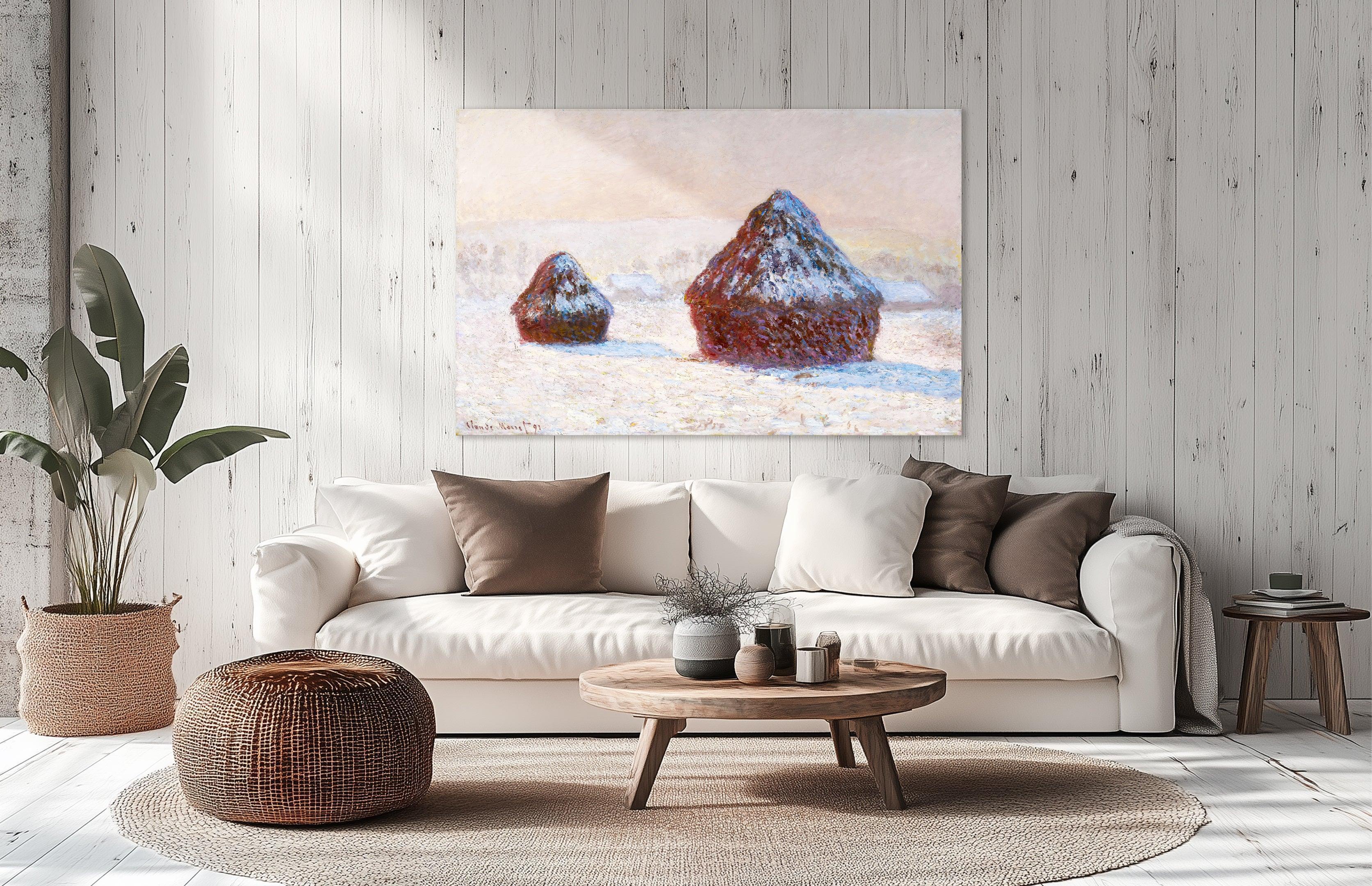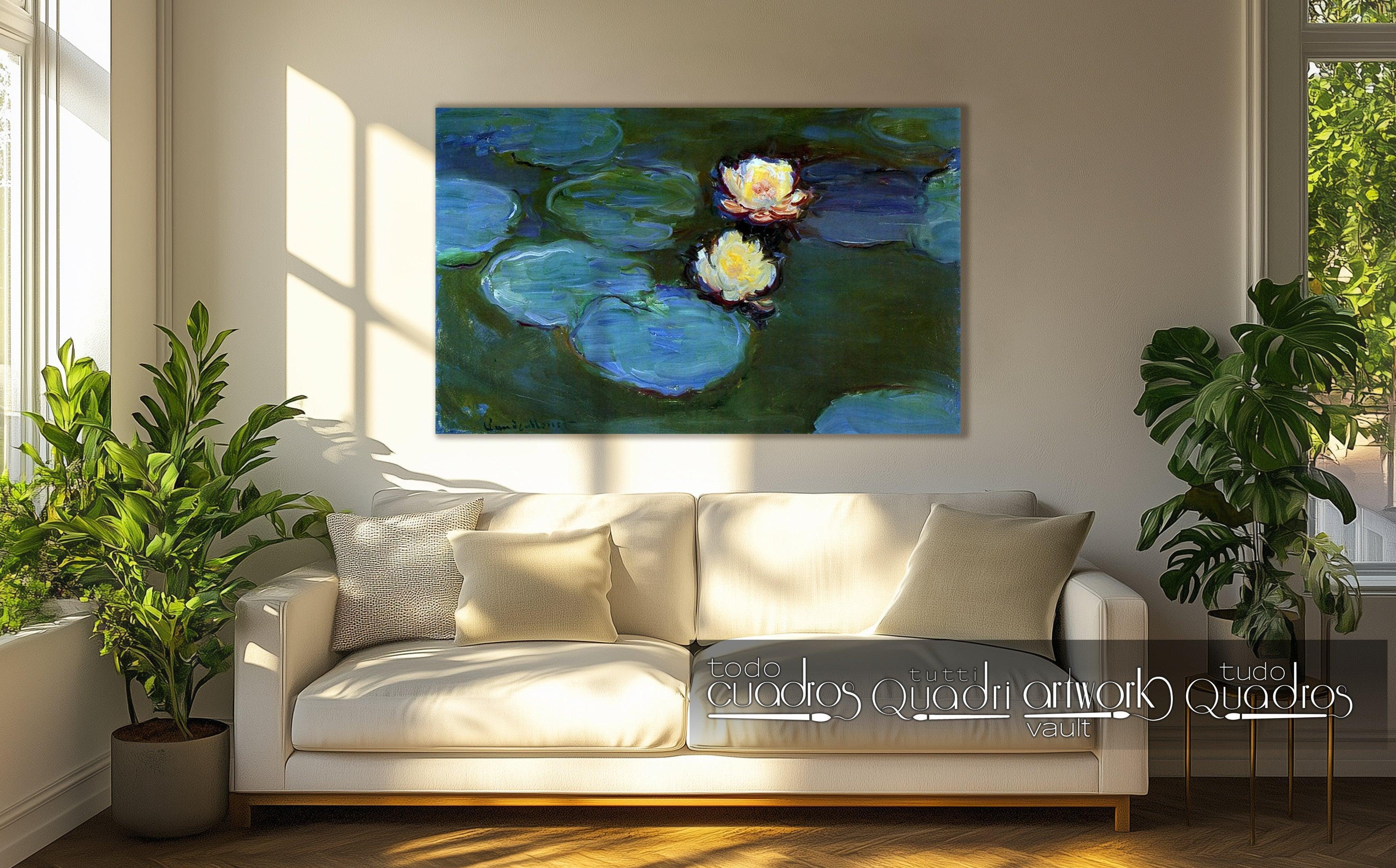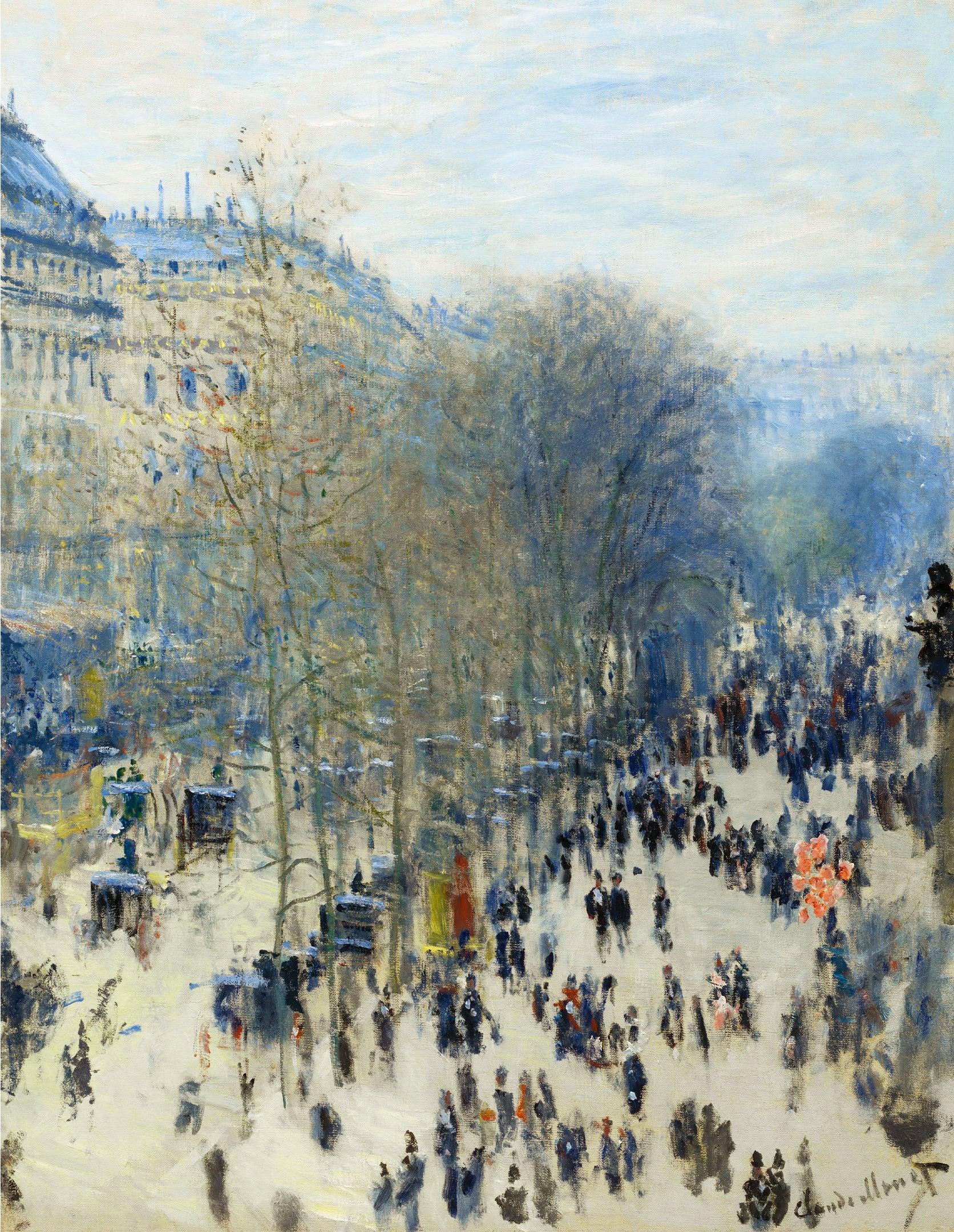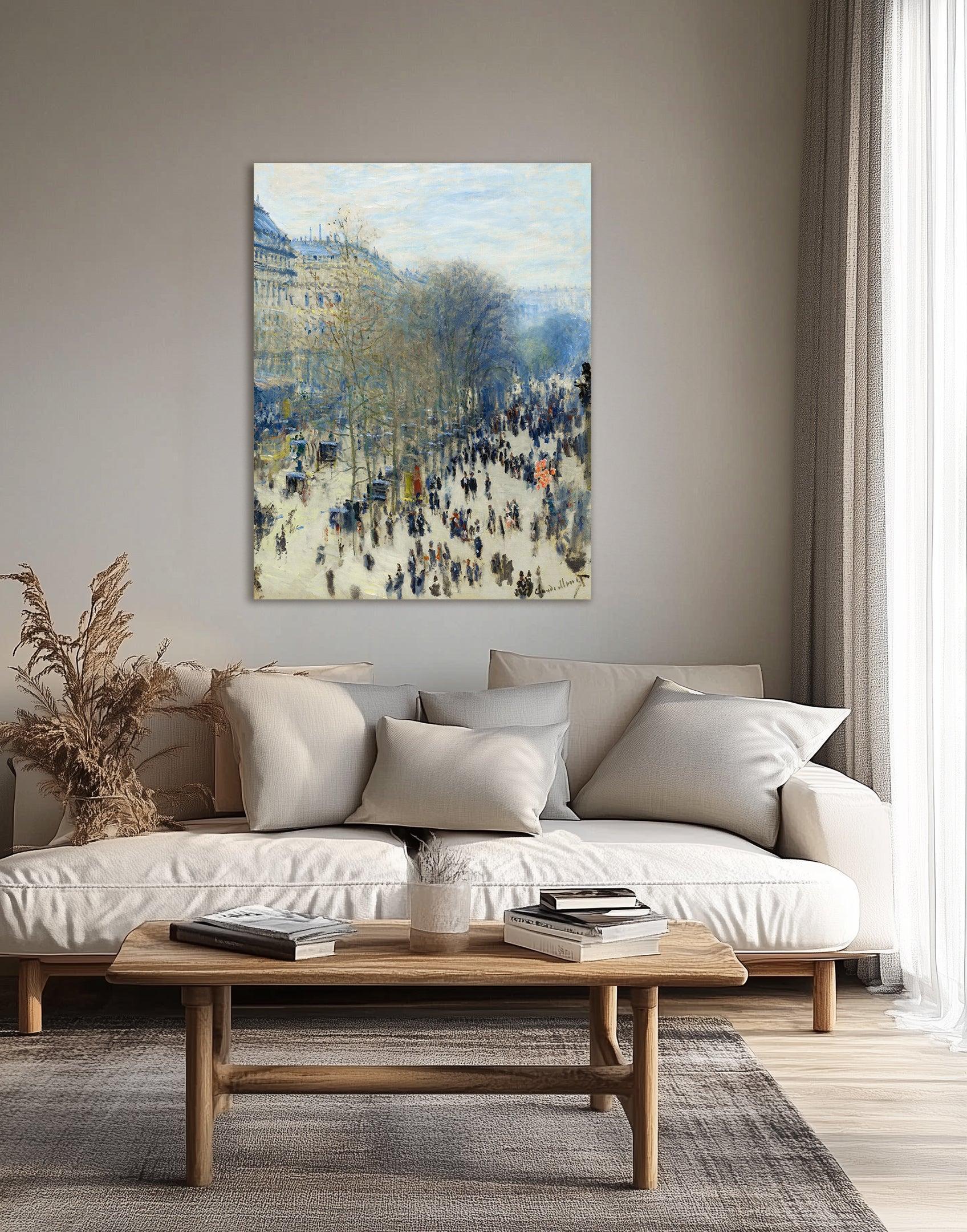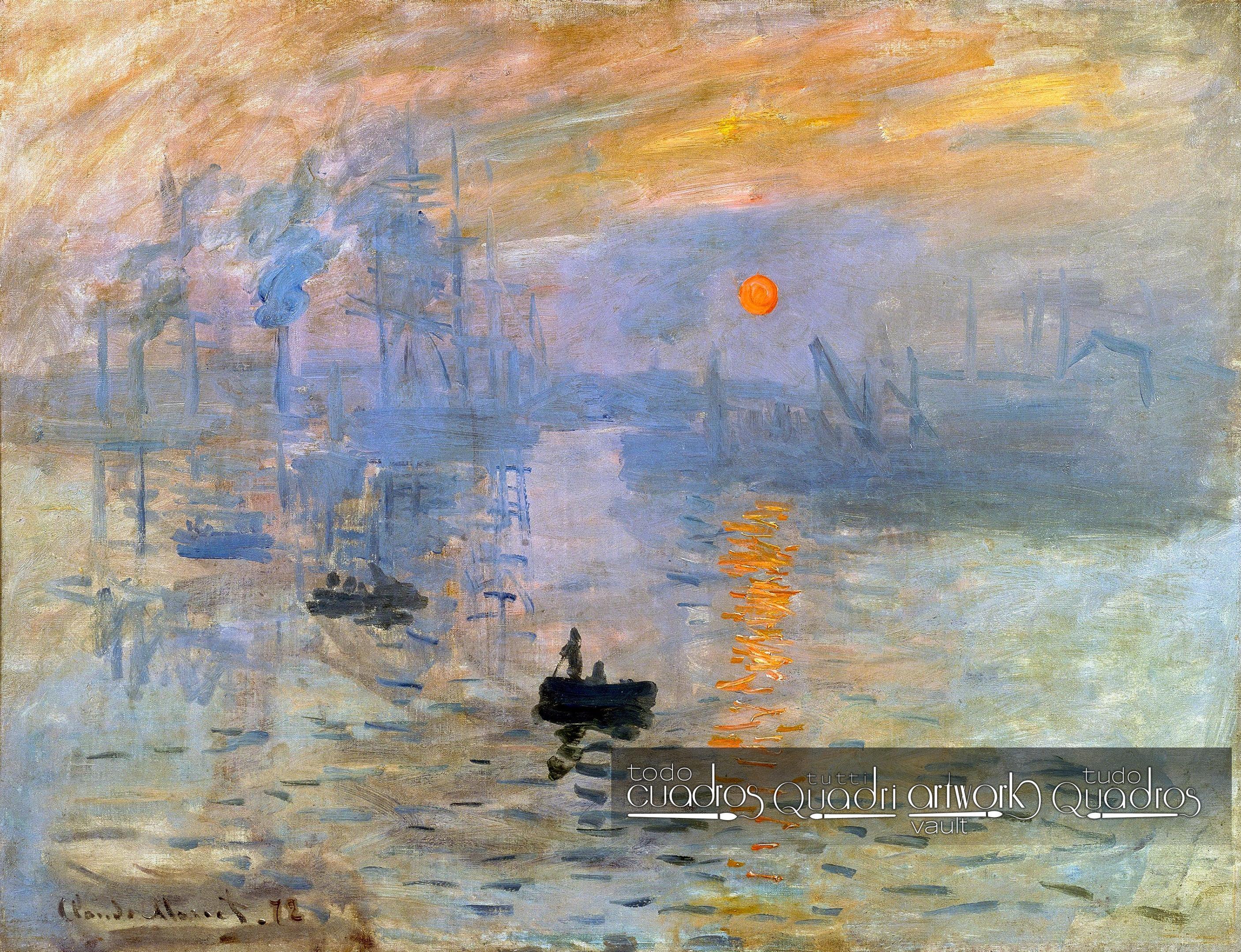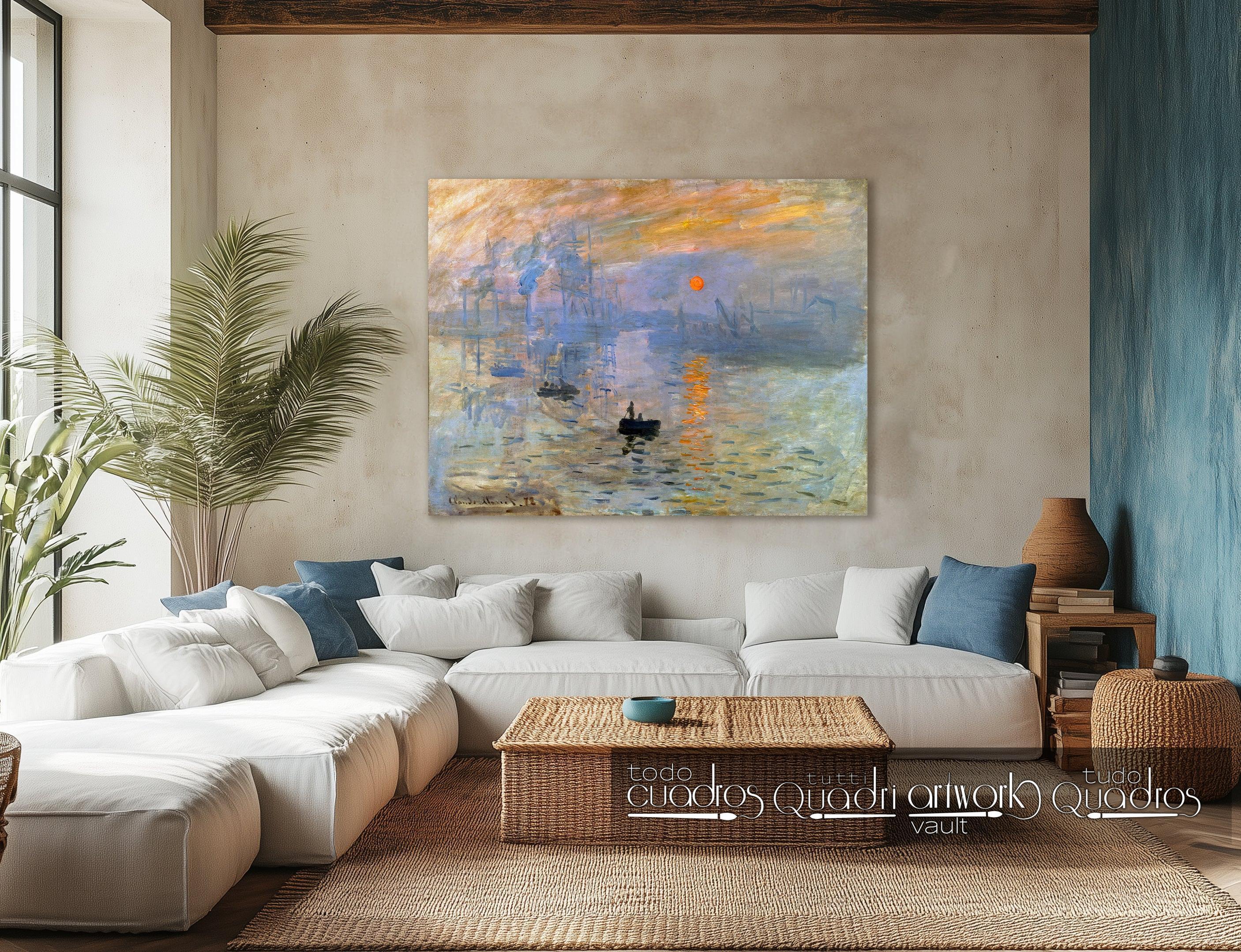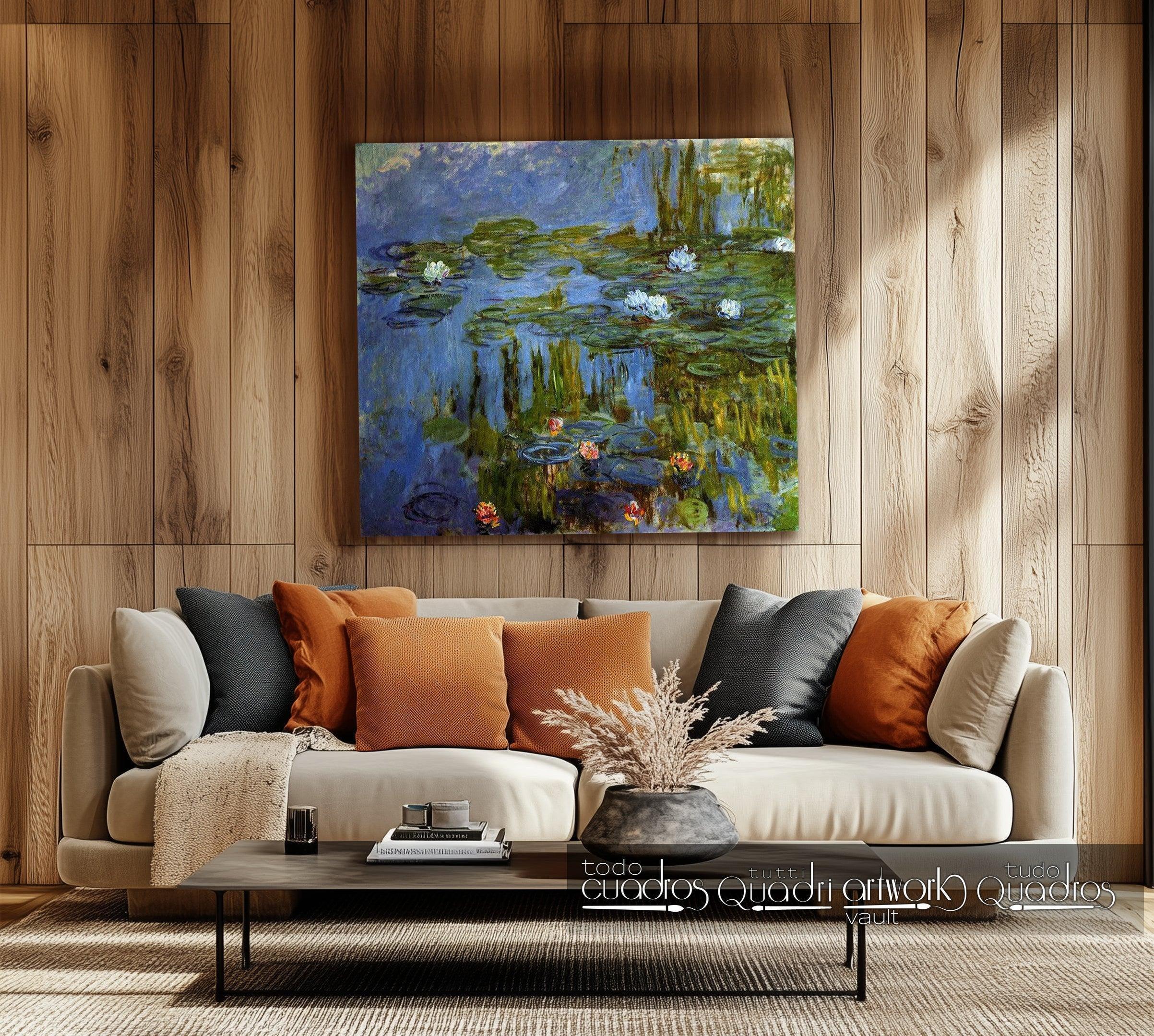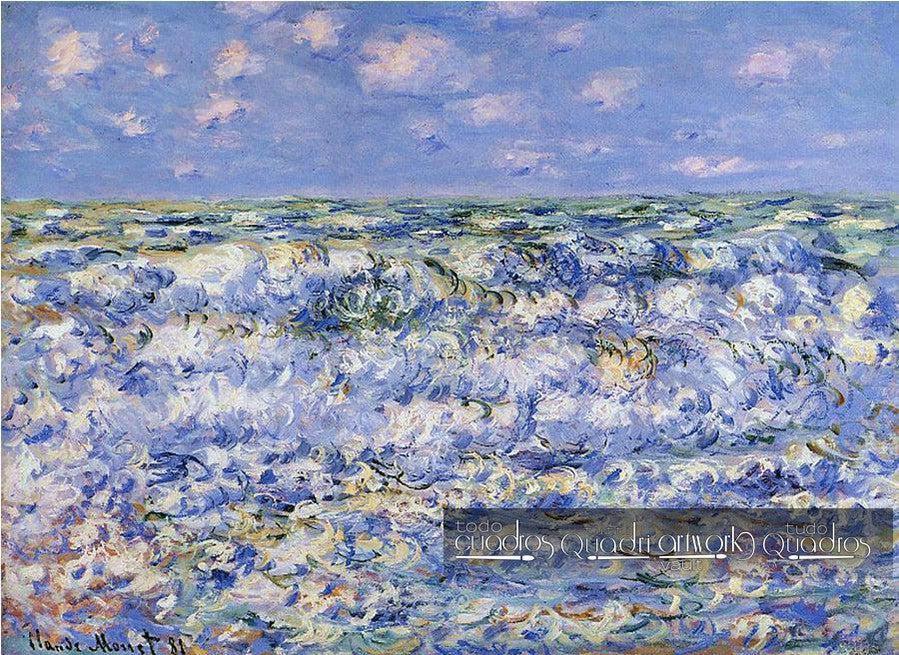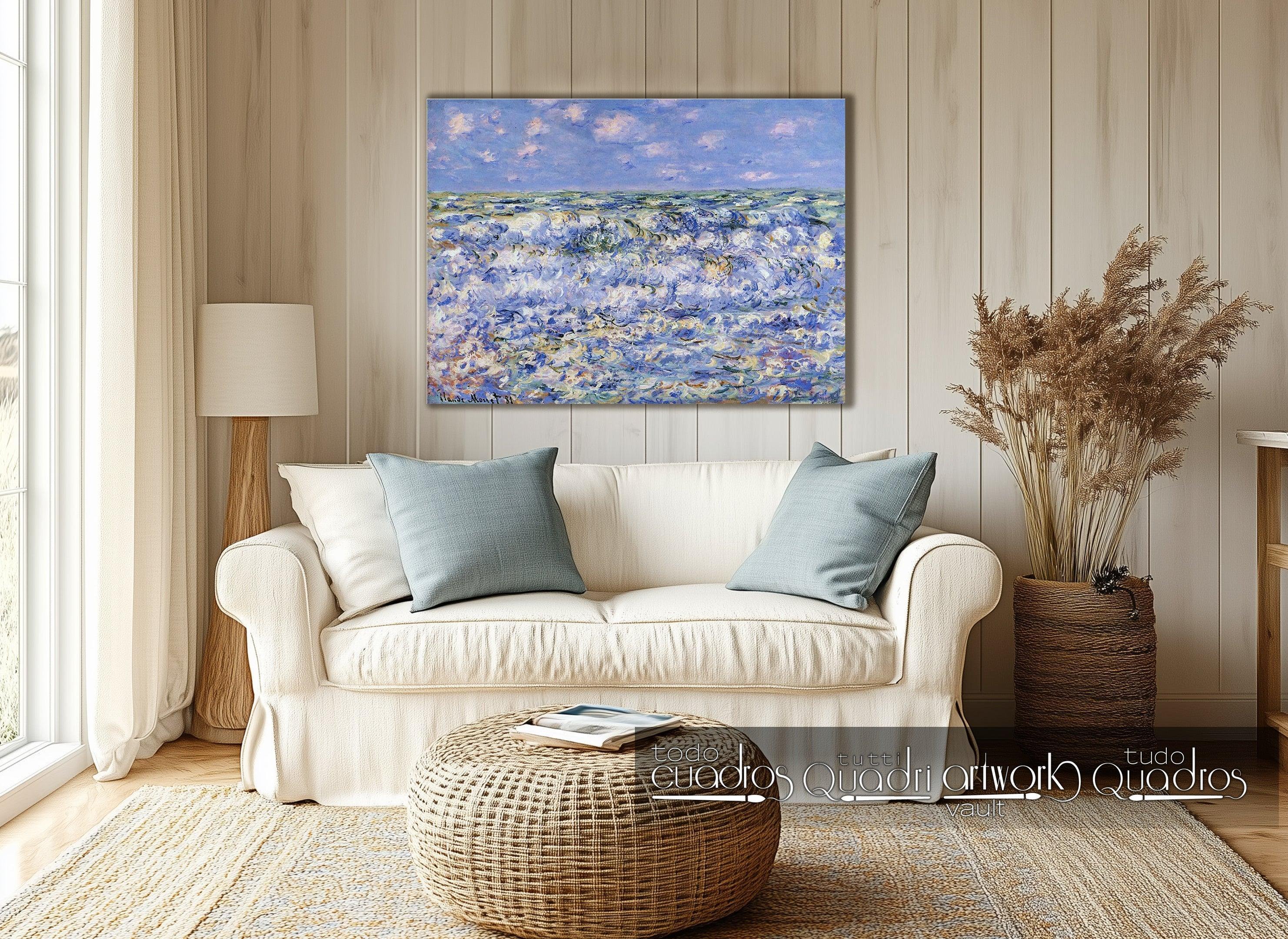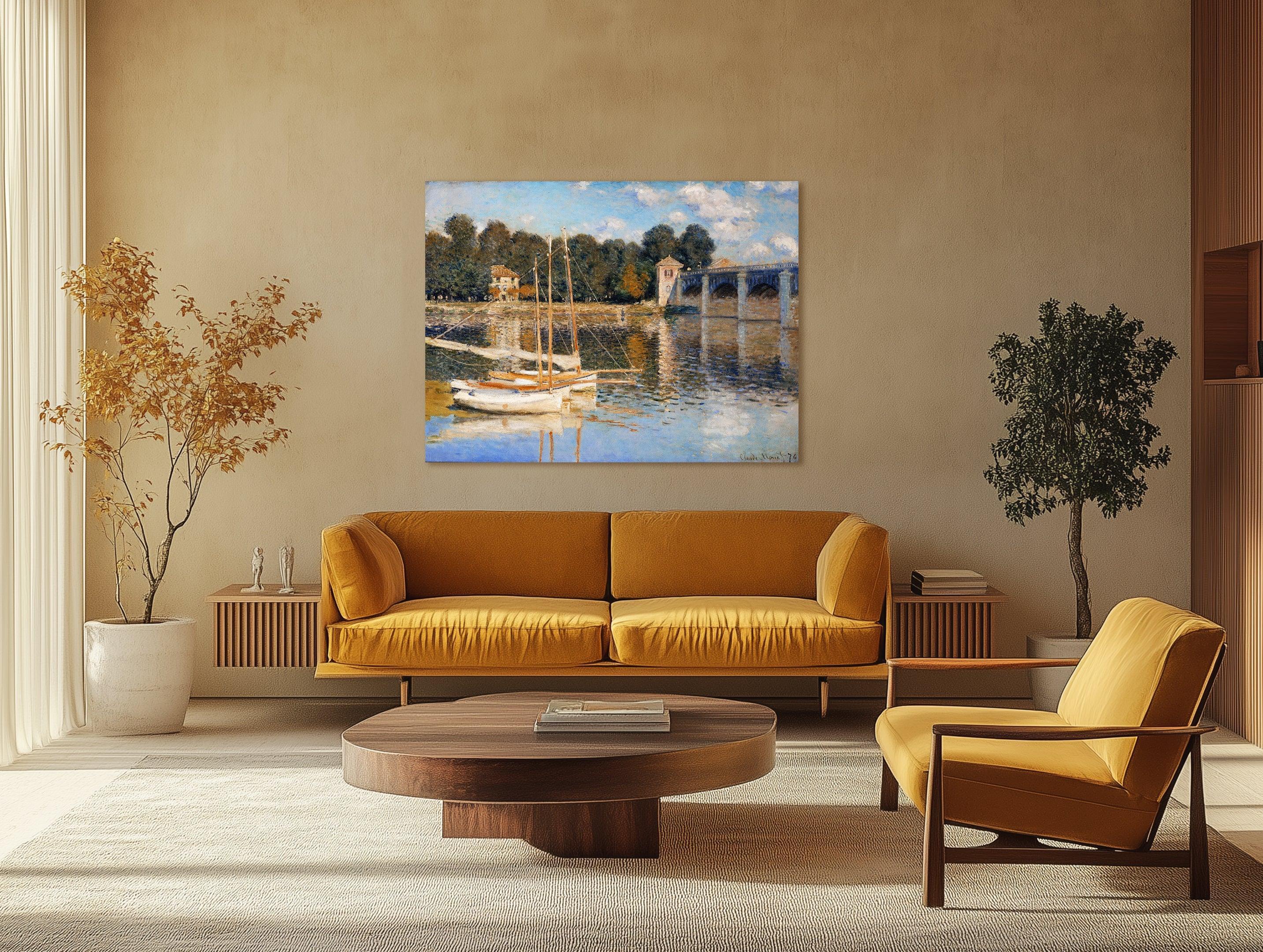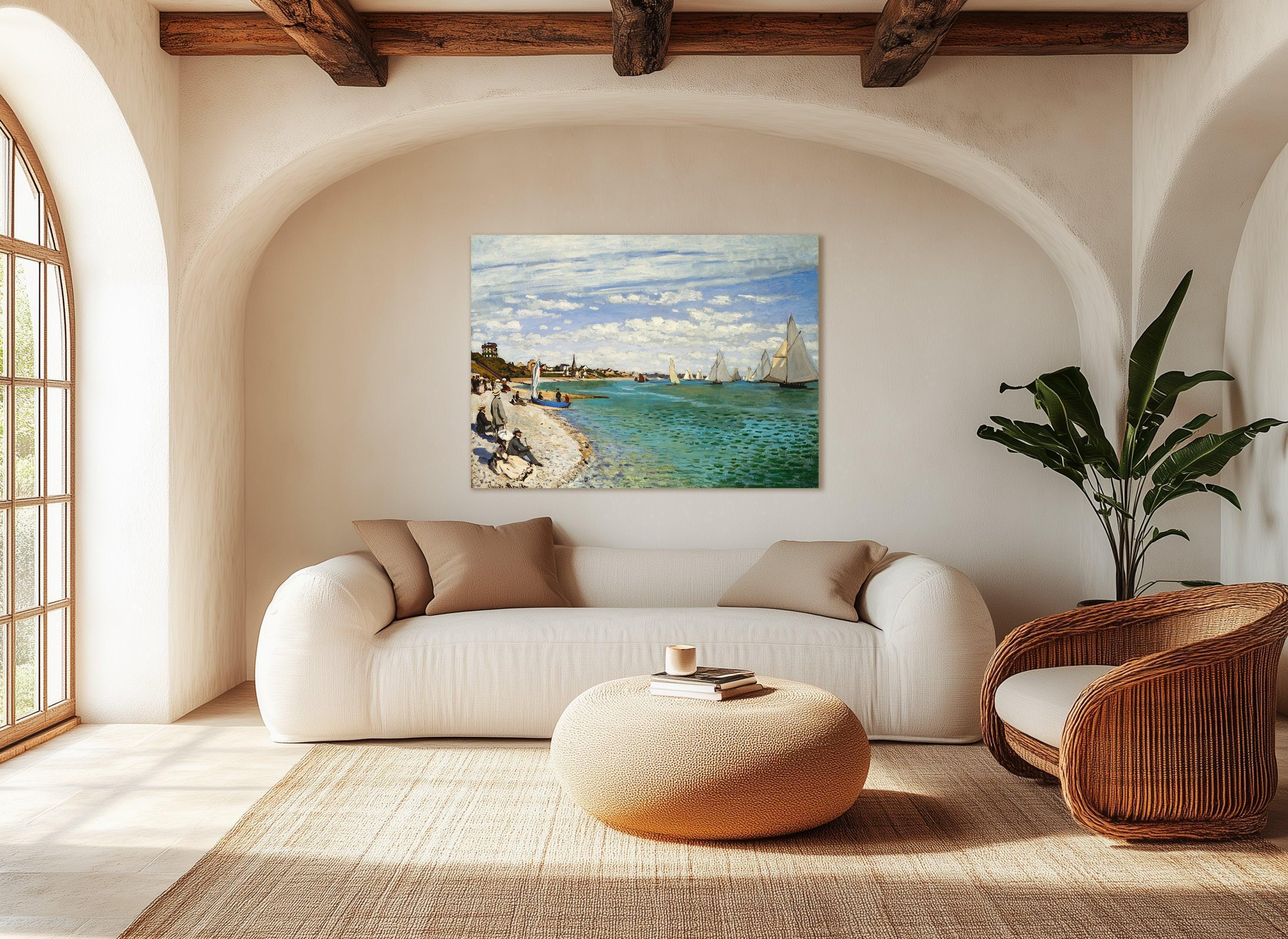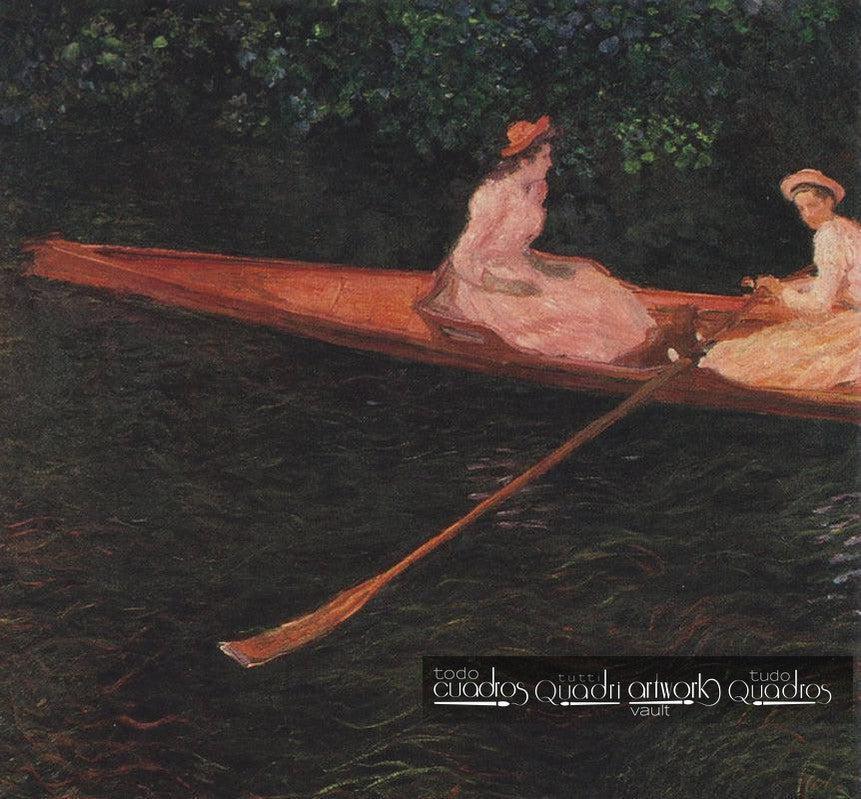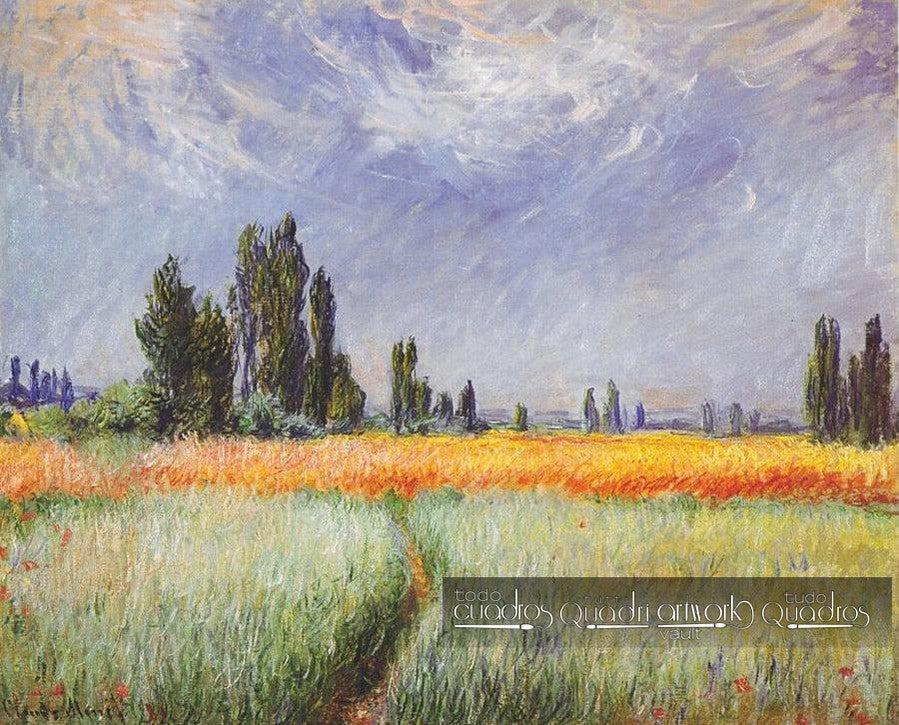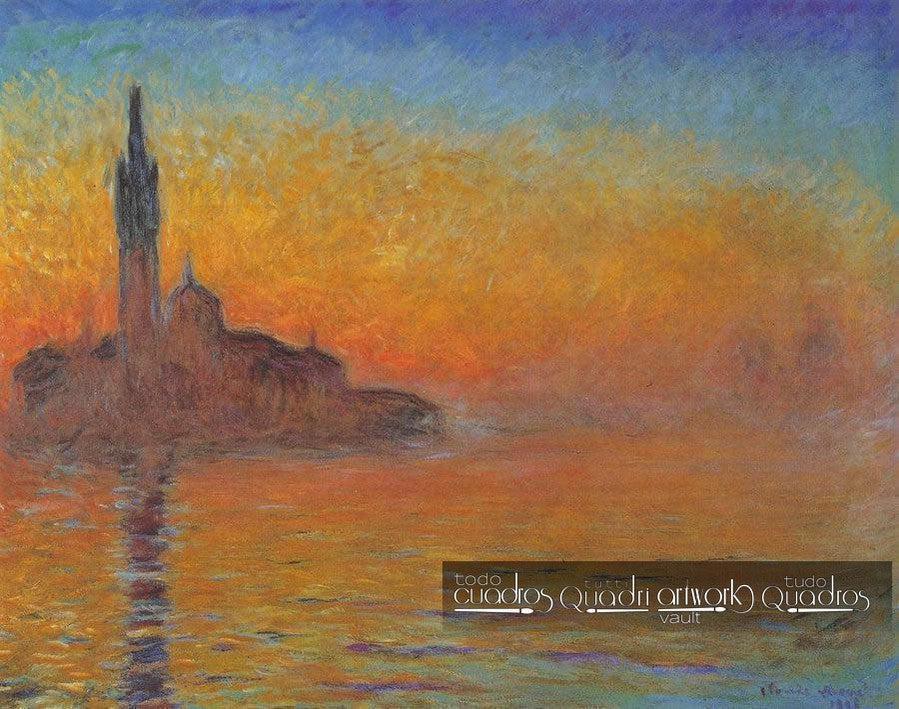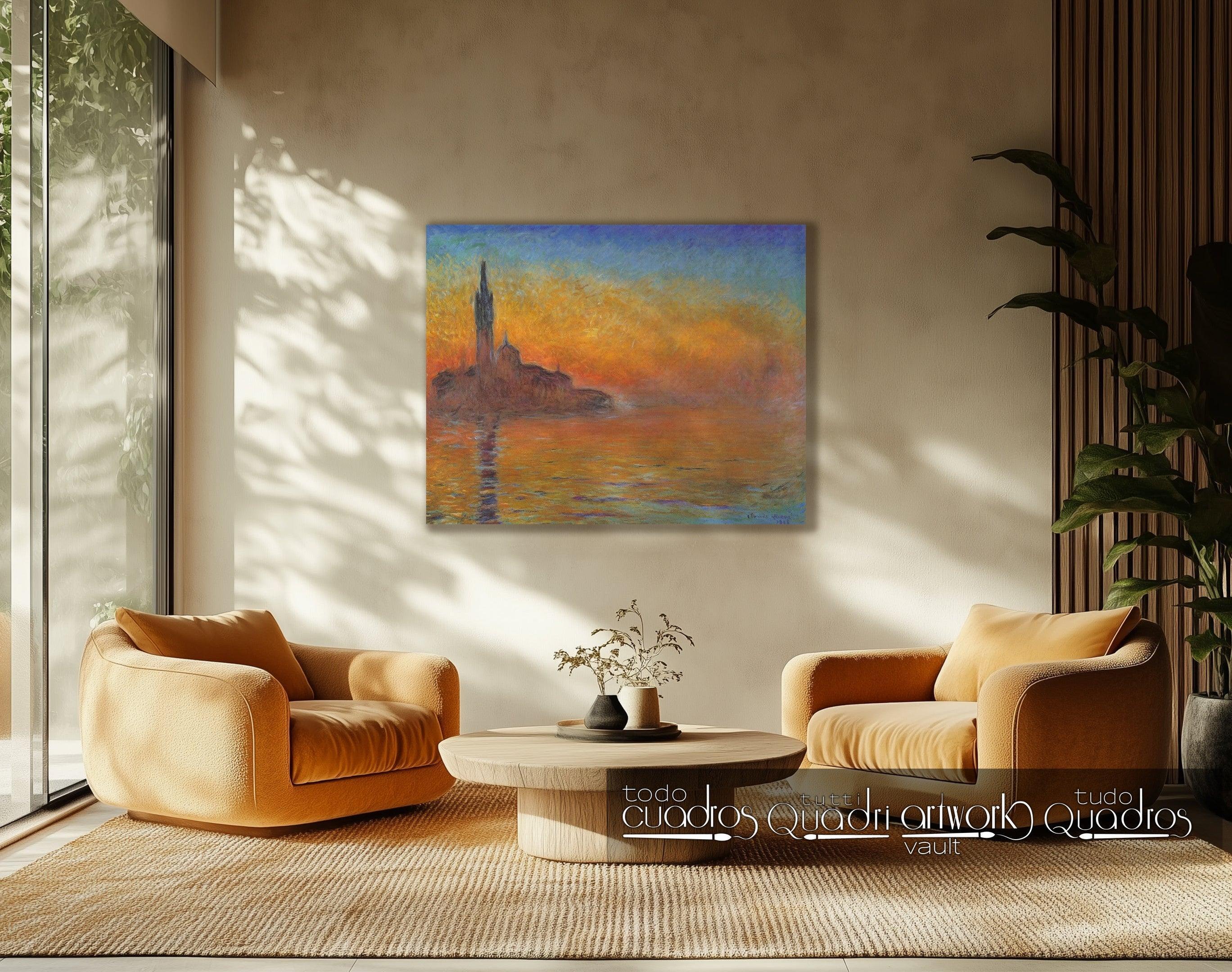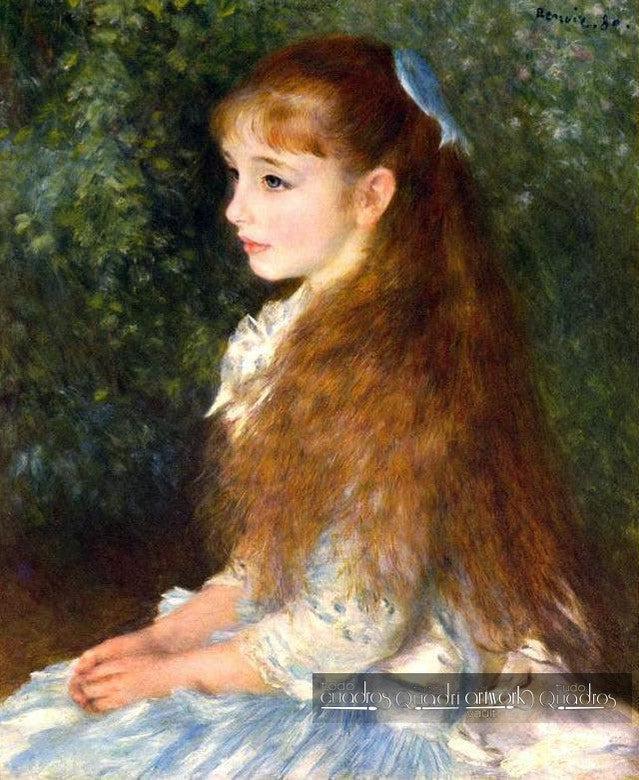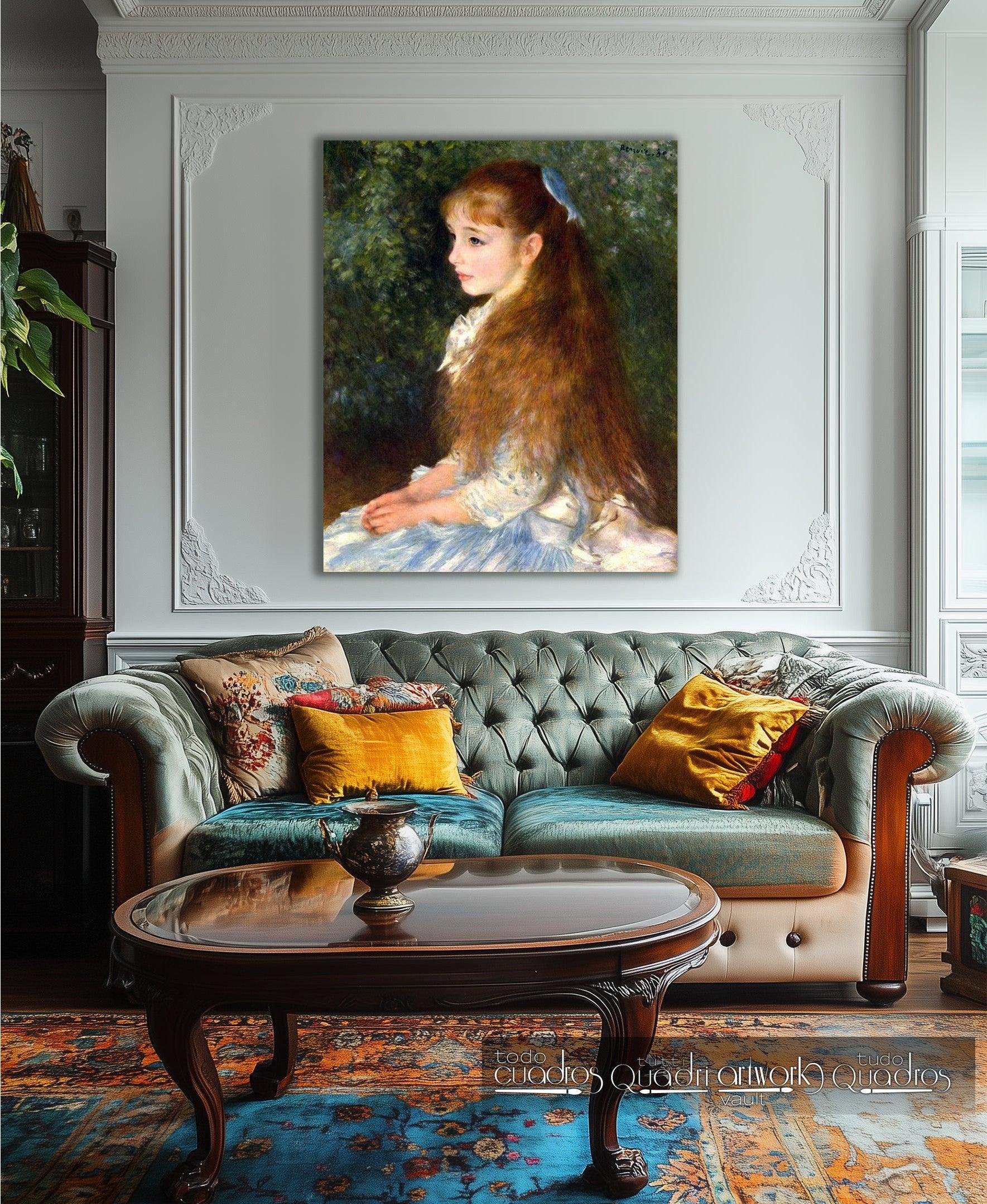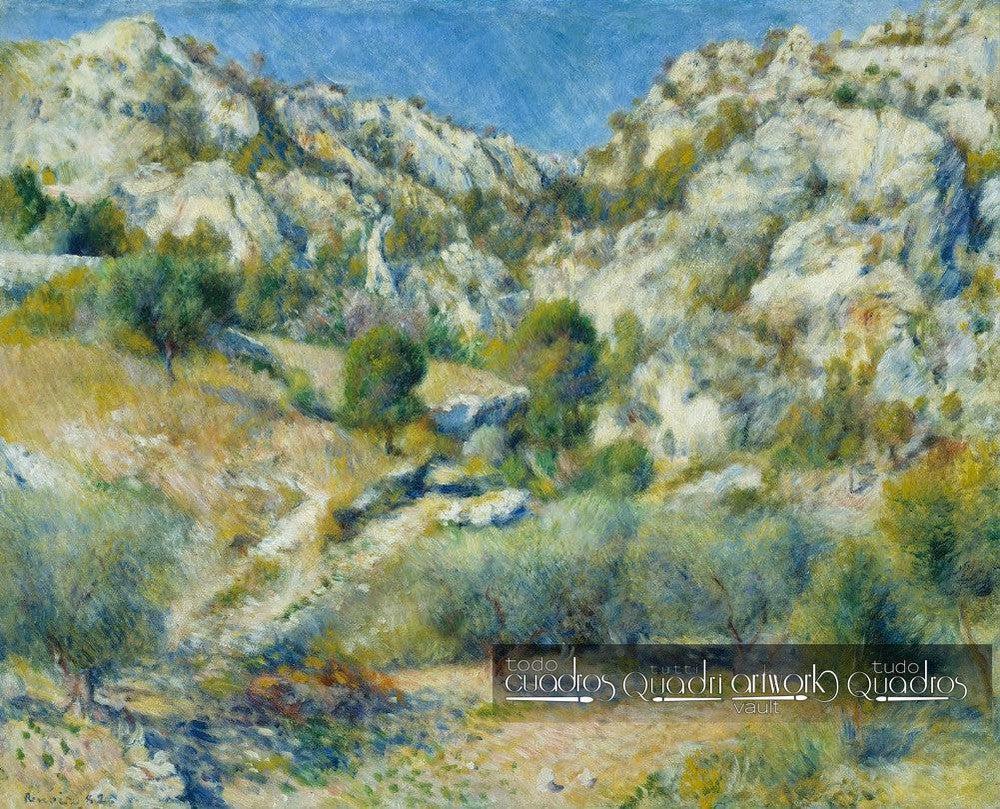Still life with peonies and mock orange
$300.00 CAD
Morning Sunlight on the Snow, Éragny-sur-Epte
$300.00 CAD
The Marne at Chennevières
$300.00 CAD
The Pont-Neuf
$300.00 CAD
Haymaking, Éragny
$300.00 CAD
Autumn, Poplars, Eragny
$300.00 CAD
The Saint-Sever Bridge, Rouen: Mist
$300.00 CAD
Sunset at Eragny
$300.00 CAD
The Seine at Bougival
$300.00 CAD
The Pilots' Jetty at Le Havre
$300.00 CAD
Spring, Morning, Cloudy, Eragny
$300.00 CAD
Dancers in Pink
$608.00 CAD
The Artist's Garden at Giverny
$300.00 CAD
Bridge over a Pond of Water Lilies
$300.00 CAD
The Artist's Garden at Vétheuil
$300.00 CAD
Water-Lily Pond (The Clouds)
$300.00 CAD
Regattas at Argenteuil
$300.00 CAD
Walk (Road of the Farm Saint-Siméon)
$300.00 CAD
Under the awning zarauz
$408.00 CAD
The Black Castle
$300.00 CAD
Turn in the Road
$300.00 CAD
Mill on the Couleuvre at Pontoise
$300.00 CAD
Pines and Rocks
$300.00 CAD
House of Père Lacroix
$300.00 CAD
Table, Napkin, and Fruit
$300.00 CAD
Road Before the Mountains, Sainte-Victoire
$300.00 CAD
In a Norwegian Boat. The Boat at Giverny
$300.00 CAD
Woman with a Parasol - Madame Monet and Her Son
$300.00 CAD
Poppy Field
$300.00 CAD
Water-Lily Pond, Symphony in Green
$300.00 CAD
Wheatstacks, Snow Effect, Morning
$300.00 CAD
Water Lilies
$300.00 CAD
Boulevard des Capucines
$300.00 CAD
Impression, Sunrise
$300.00 CAD
Waterlilies
$300.00 CAD
Waves Breaking
$300.00 CAD
Argenteuil Bridge
$300.00 CAD
Regatta at Sainte-Adresse
$300.00 CAD
Boating on the River Epte
$300.00 CAD
Wheat Field
$300.00 CAD
San Giorgio Maggiore at Dusk
$300.00 CAD
View of Bonnieres
$300.00 CAD
View of Mount Marseilleveyre
$300.00 CAD
Irène Cahen d'Anvers (Little Irene)
$408.00 CAD
Rocky Crags at L'Estaque
$408.00 CAD
Bouquet in a Vase
$408.00 CAD
The Skiff
$408.00 CAD
